What’s become of Otl Aicher’s former abode? A visit to the Allgäu.
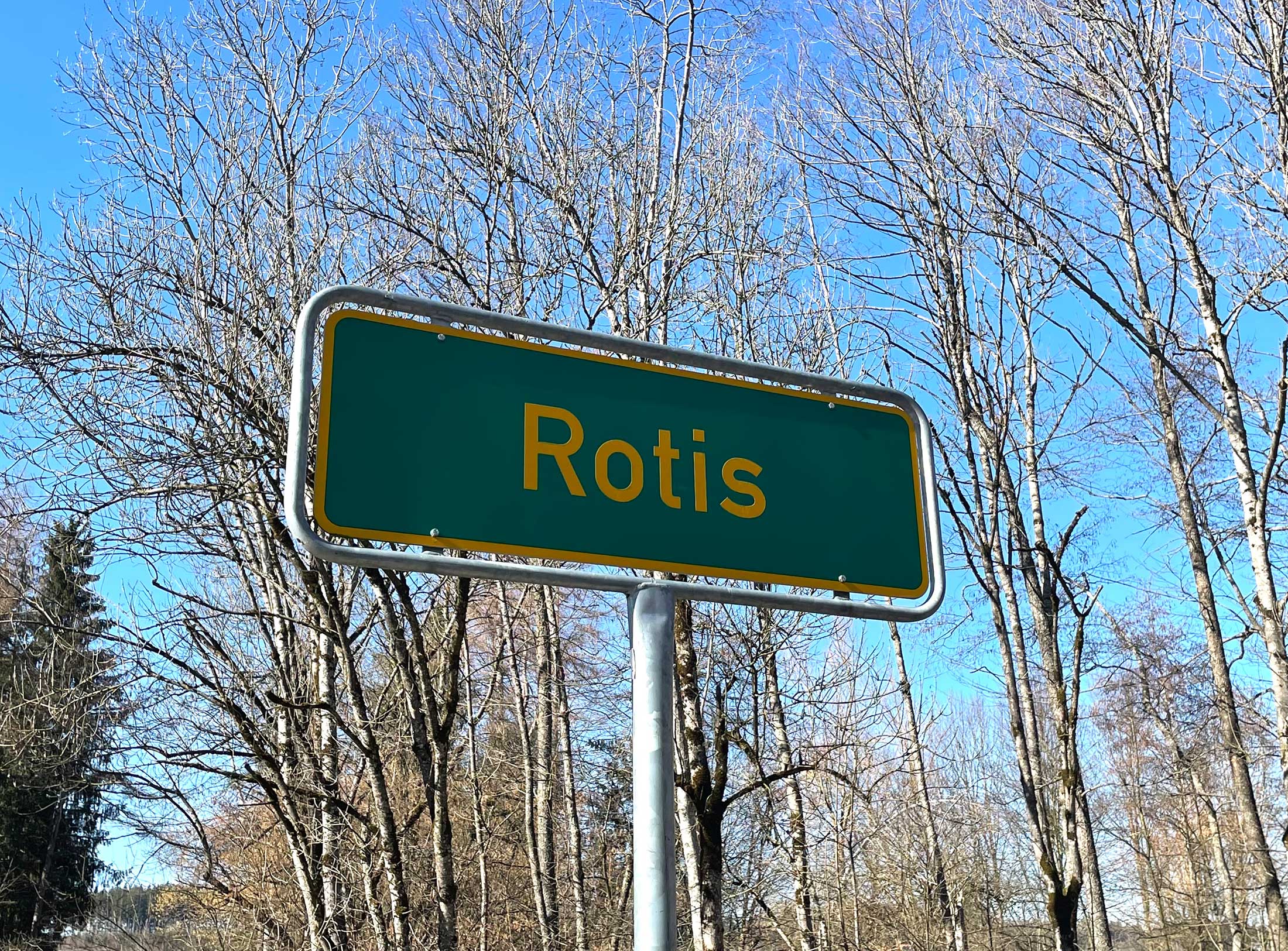

What’s become of Otl Aicher’s former abode? A visit to the Allgäu.
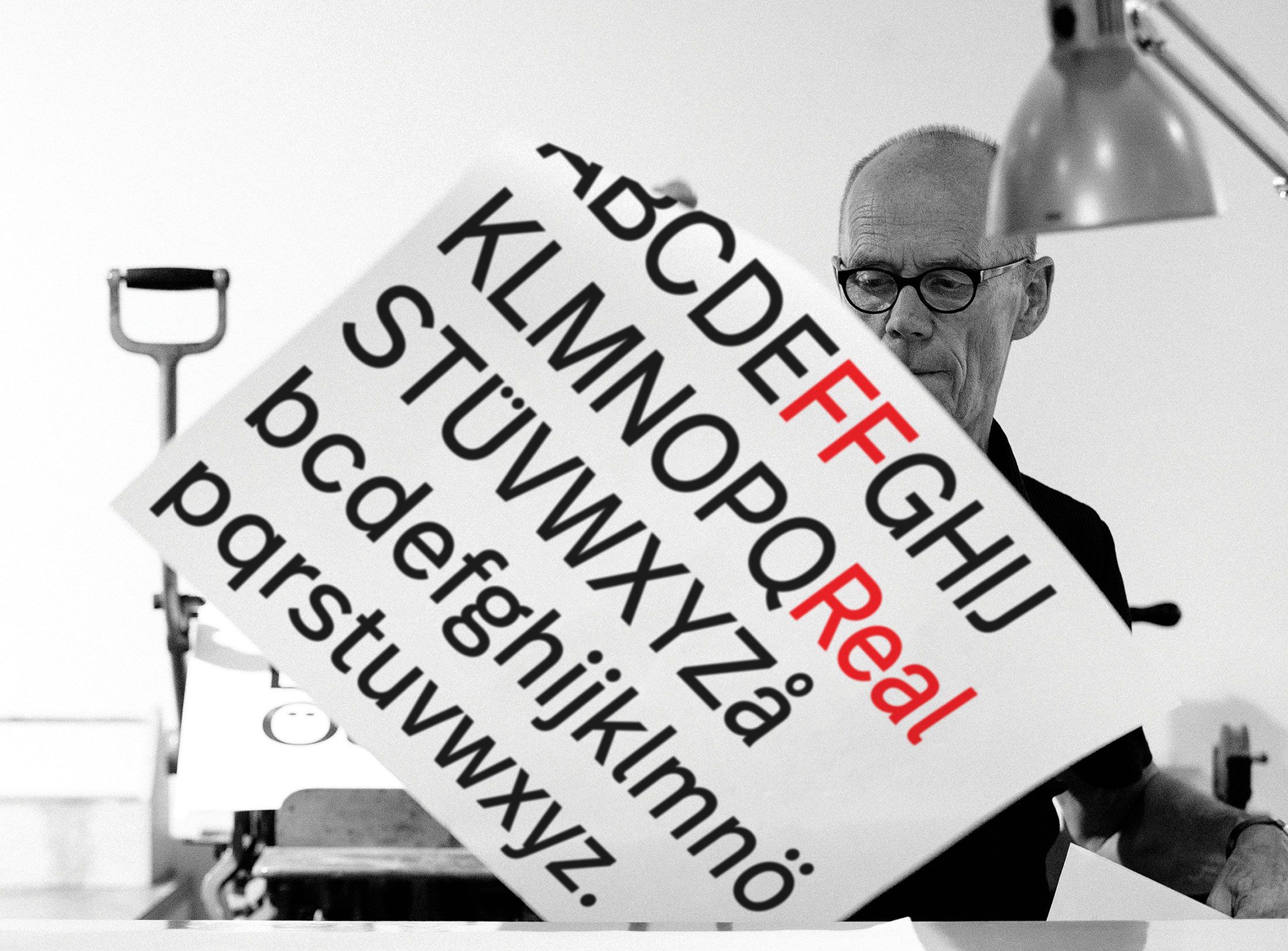
Interviewed: Erik Spiekermann, type designer, author and Aicher critic.
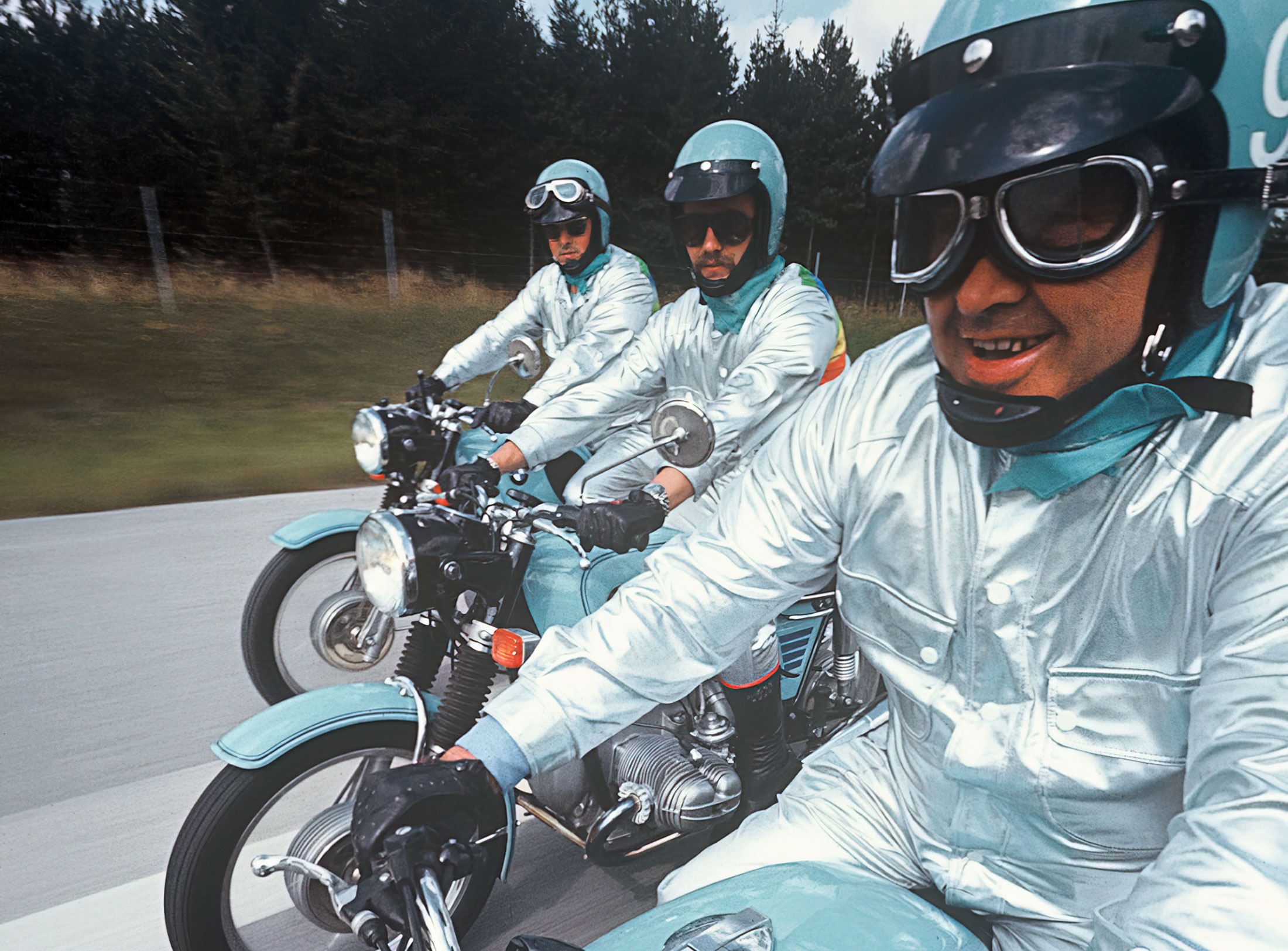
Technology: a central notion and fixed point of perspective in the work of Otl Aicher.
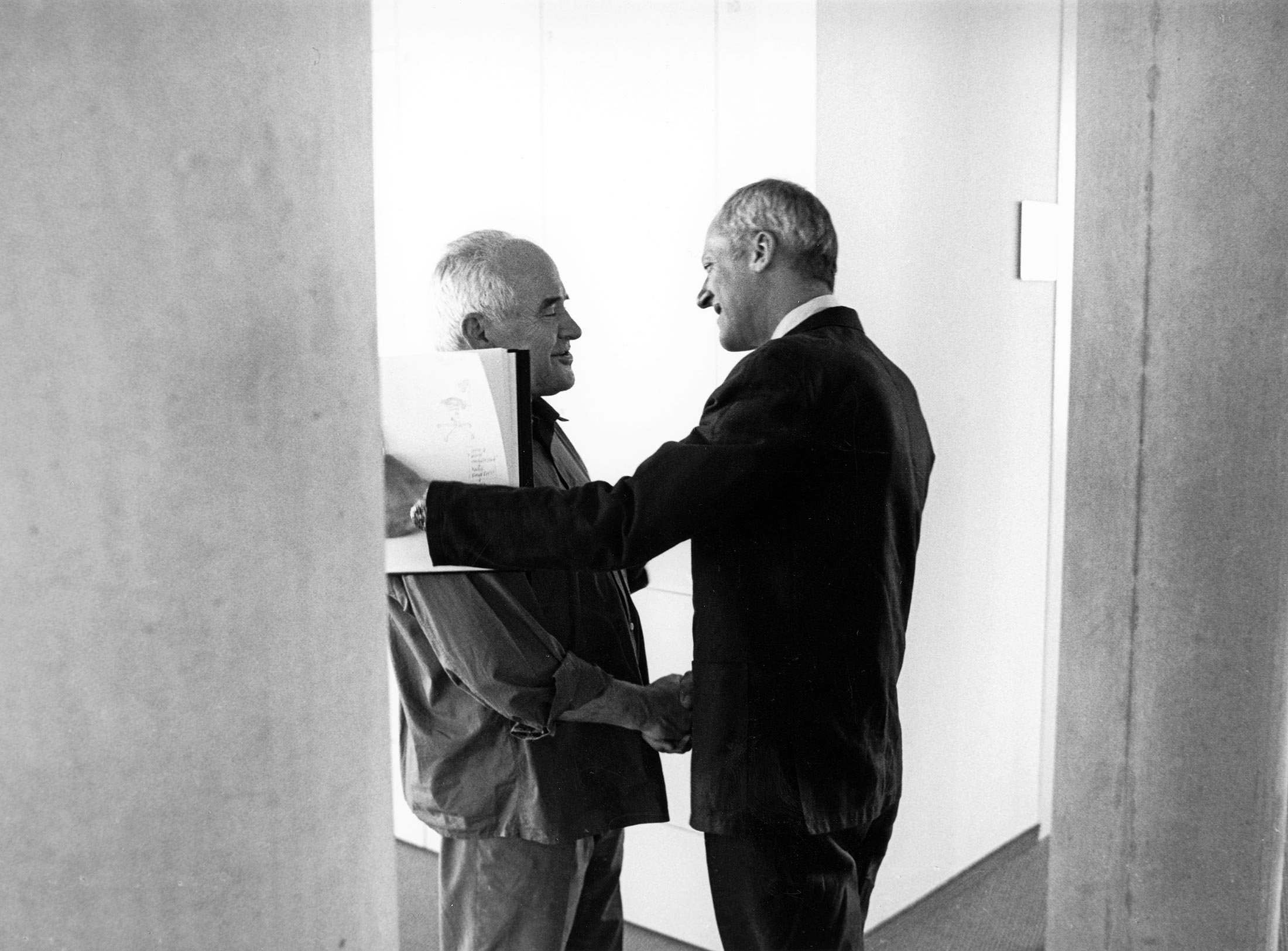
The British architect Norman Foster on his friendship with Otl Aicher: He had absolute integrity.
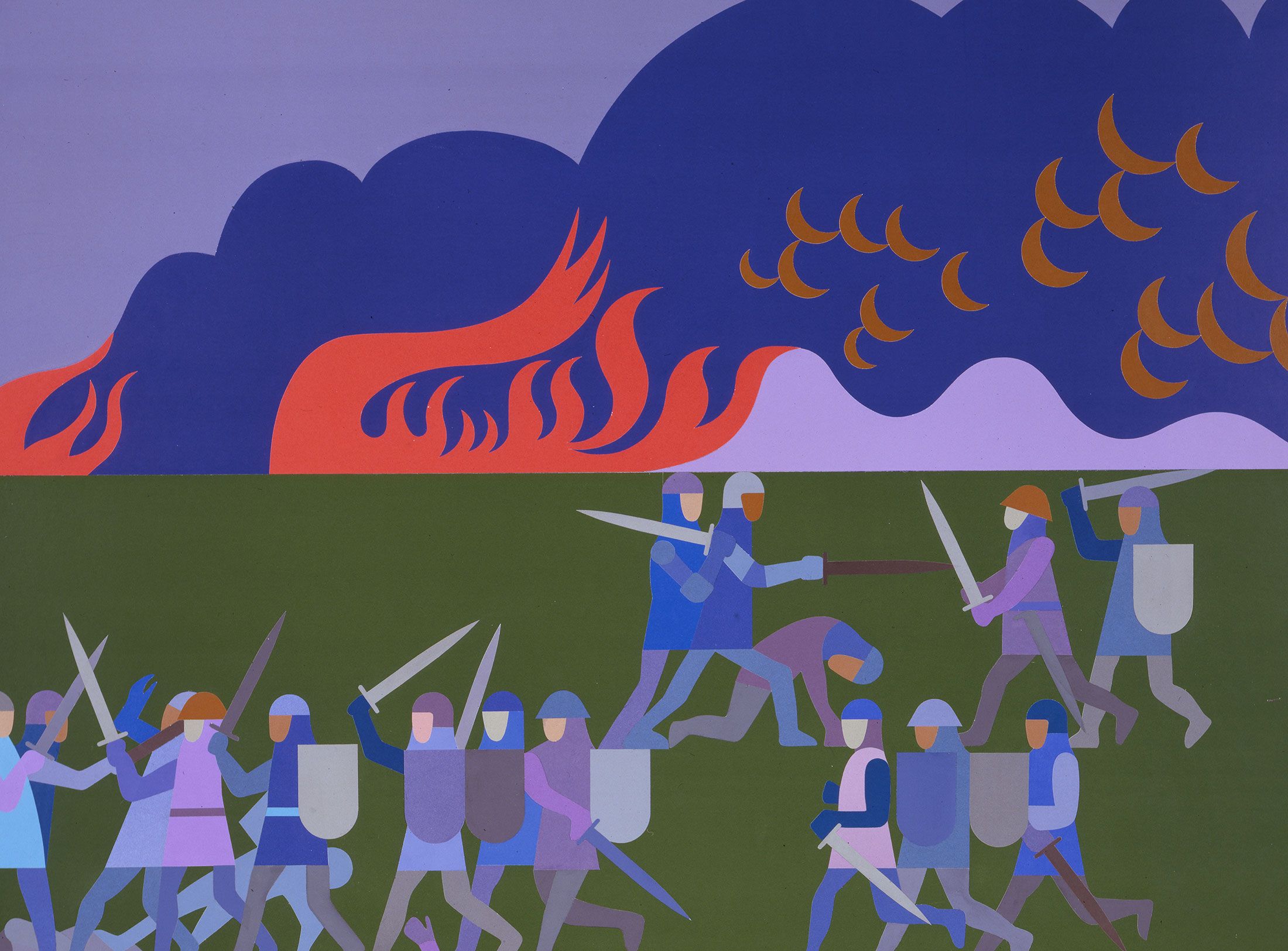
Thoughts on the colour palettes of Otl Aicher.
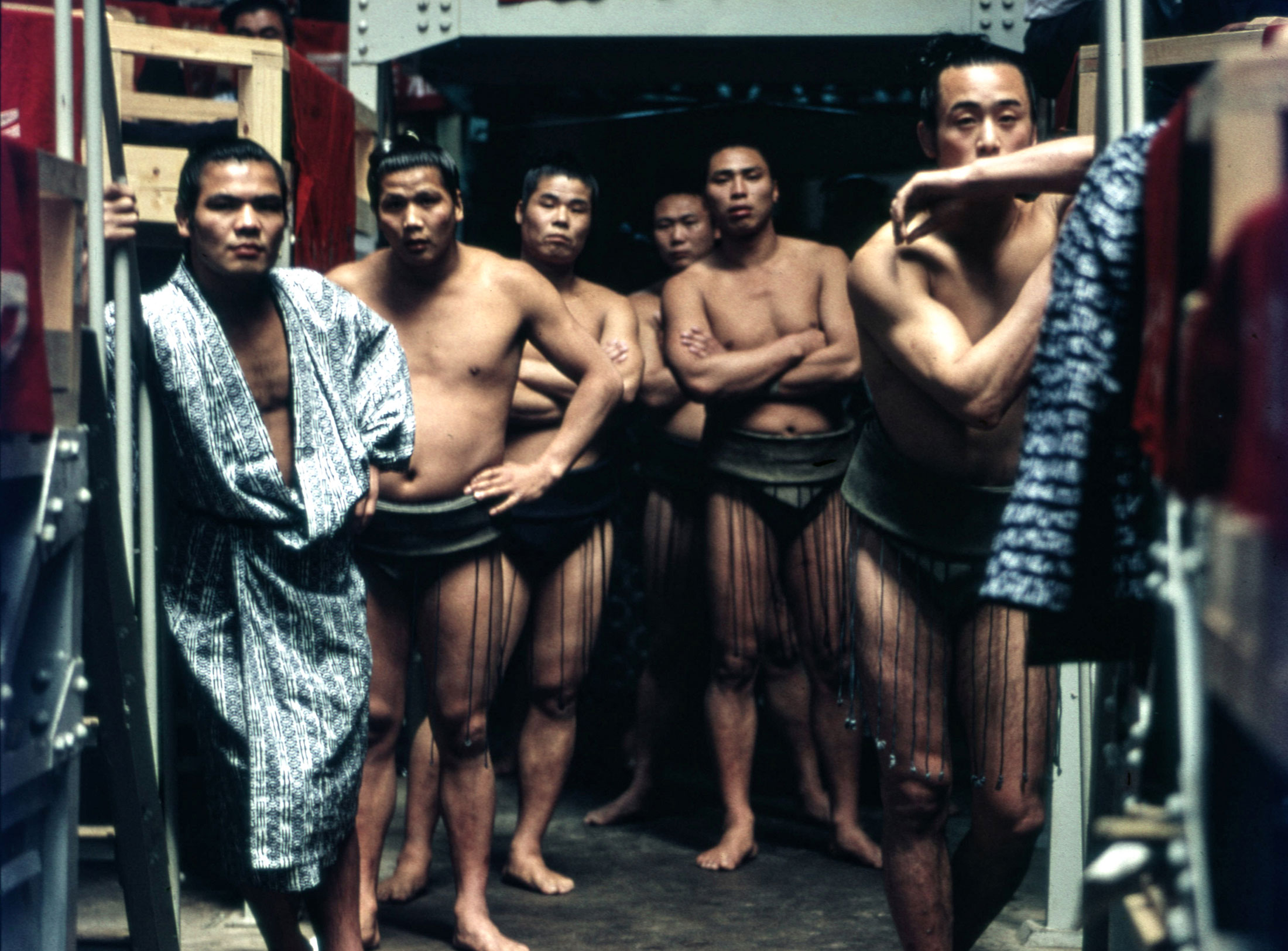
Absolute sharpness, reduction and strict rules determine the character of his pictures: Otl Aicher as photographer.

Under Otl Aicher’s direction, designers, architects and landscape planners shaped the face of the Olympic Games 1972.
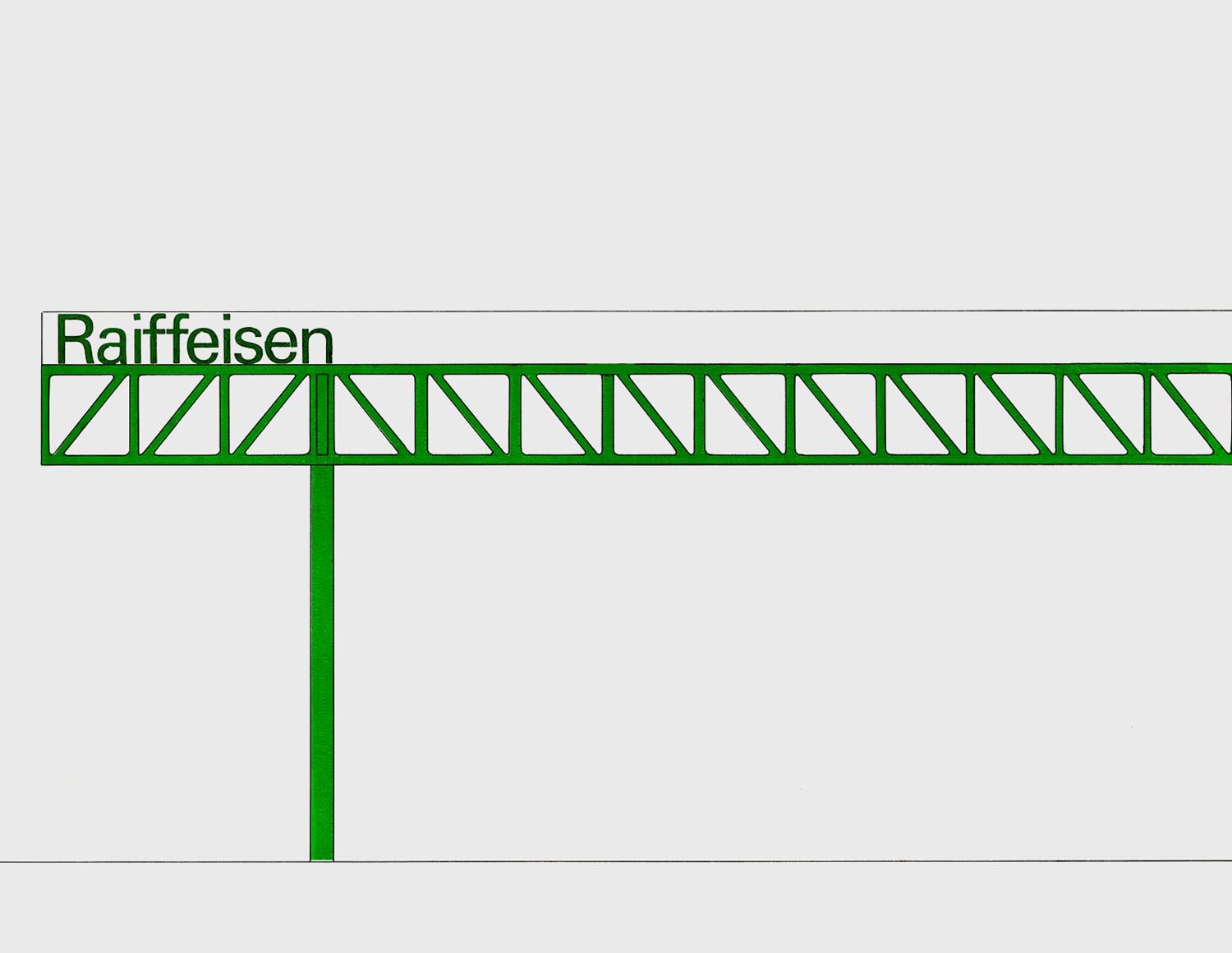
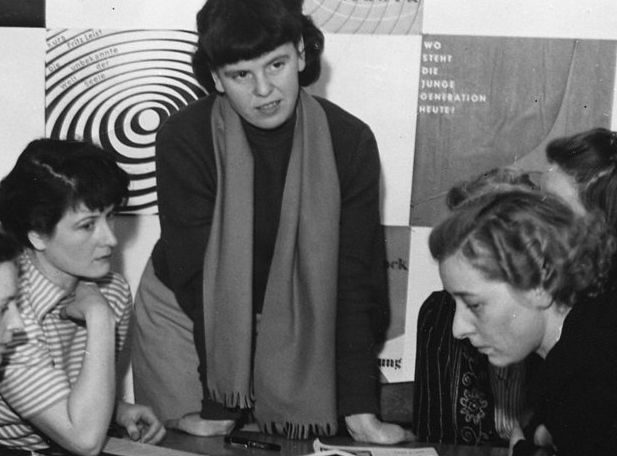
Inge Aicher-Scholl preserved the legacy of the White Rose.
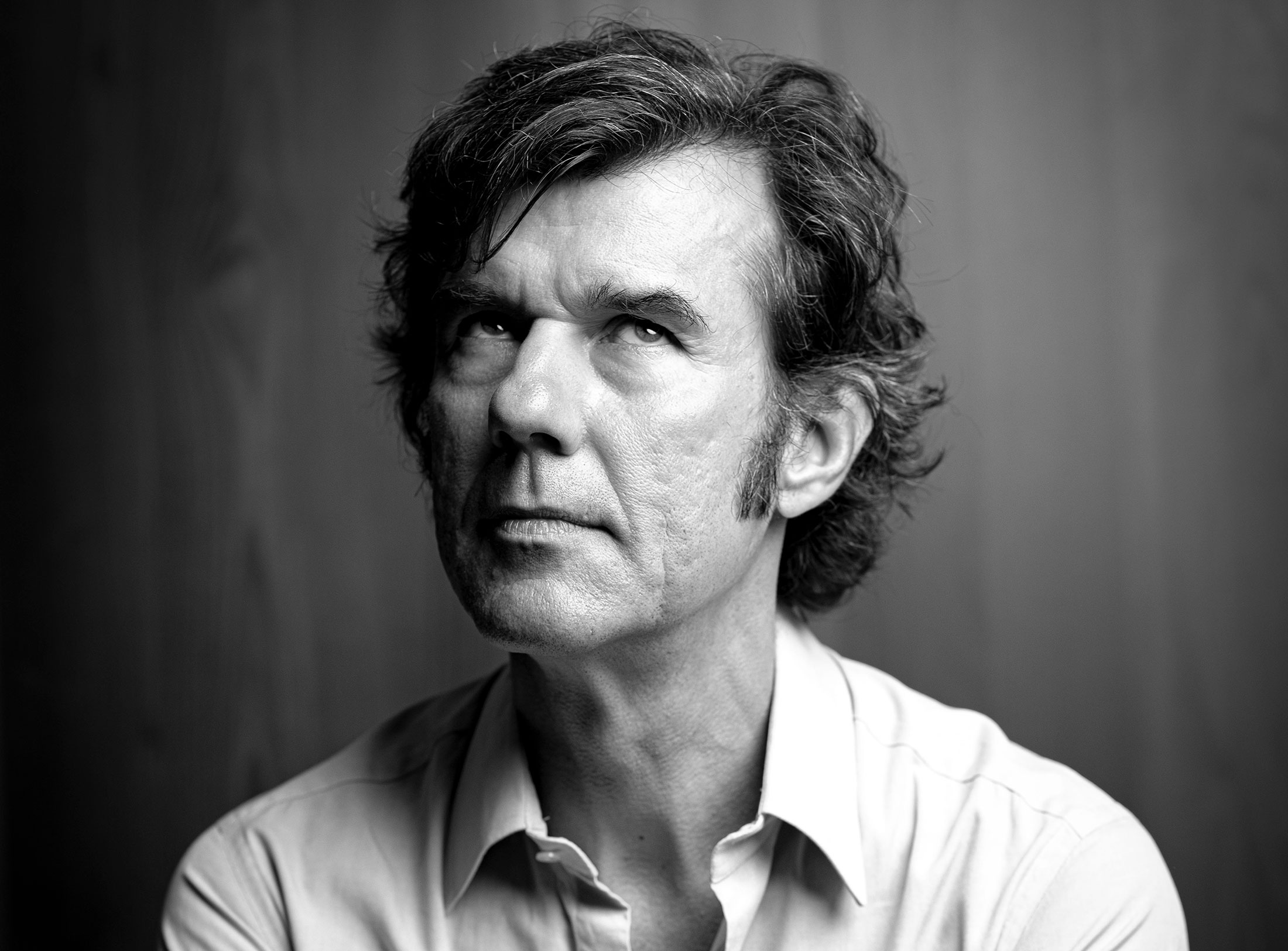
An interview with design icon Stefan Sagmeister about typefaces, beauty and the legacy of Otl Aicher.
The International Design Center Berlin (IDZ) invites you to a slide show and panel talk at Architektur Galerie Berlin on 20 October. Karsten de Riese and Prof. Michael Klar will report on a photo reportage commissioned by BMW that took them to Tunisia in 1975 together...
On the occasion of the 50th anniversary of the 1972 Olympic Games, the IDZ invites you to a discussion on the vision of the Munich Games and the status quo as well as the future of the Olympic movement on 26 August. The event at Berlin’s Akademie der Künste on Pariser...
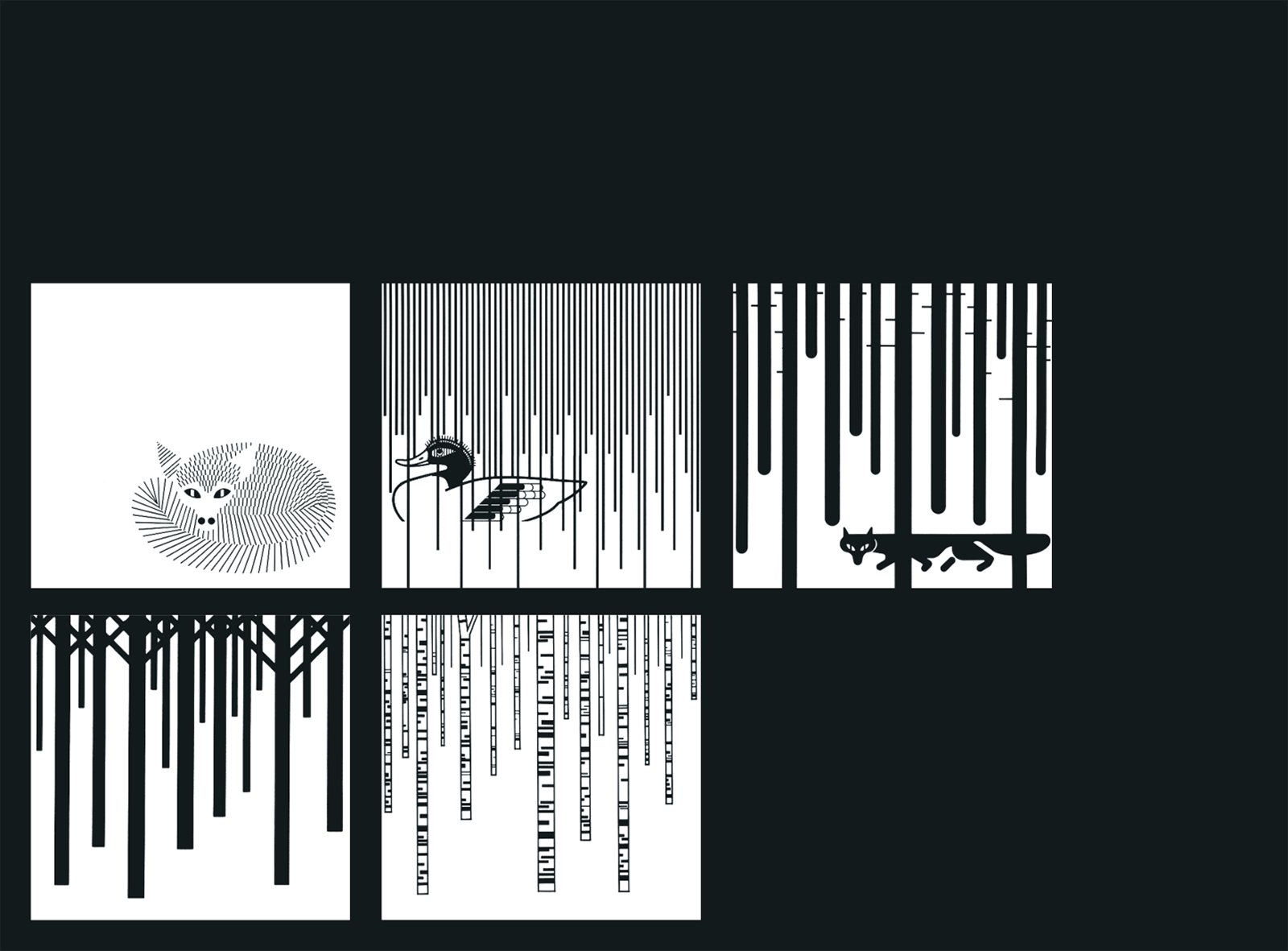
Isny im Allgäu owes Otl Aicher a corporate design that is concise, bold and singular.
With a retrospective of Otl Aicher’s book “kritik am auto – schwierige verteidigung des autos gegen seine anbeter” (Criticism of the Car – Difficult Defence of the Car against its Worshippers) published in 1984, the IDZ continues its series of events on the “otl...
Today marks the centenary of Otl Aicher’s birth. The International Design Center Berlin (IDZ) is taking this date as an opportunity to pay tribute to this great designer. With otlaicher100.de, a new online platform is being launched – a curated space that provides...
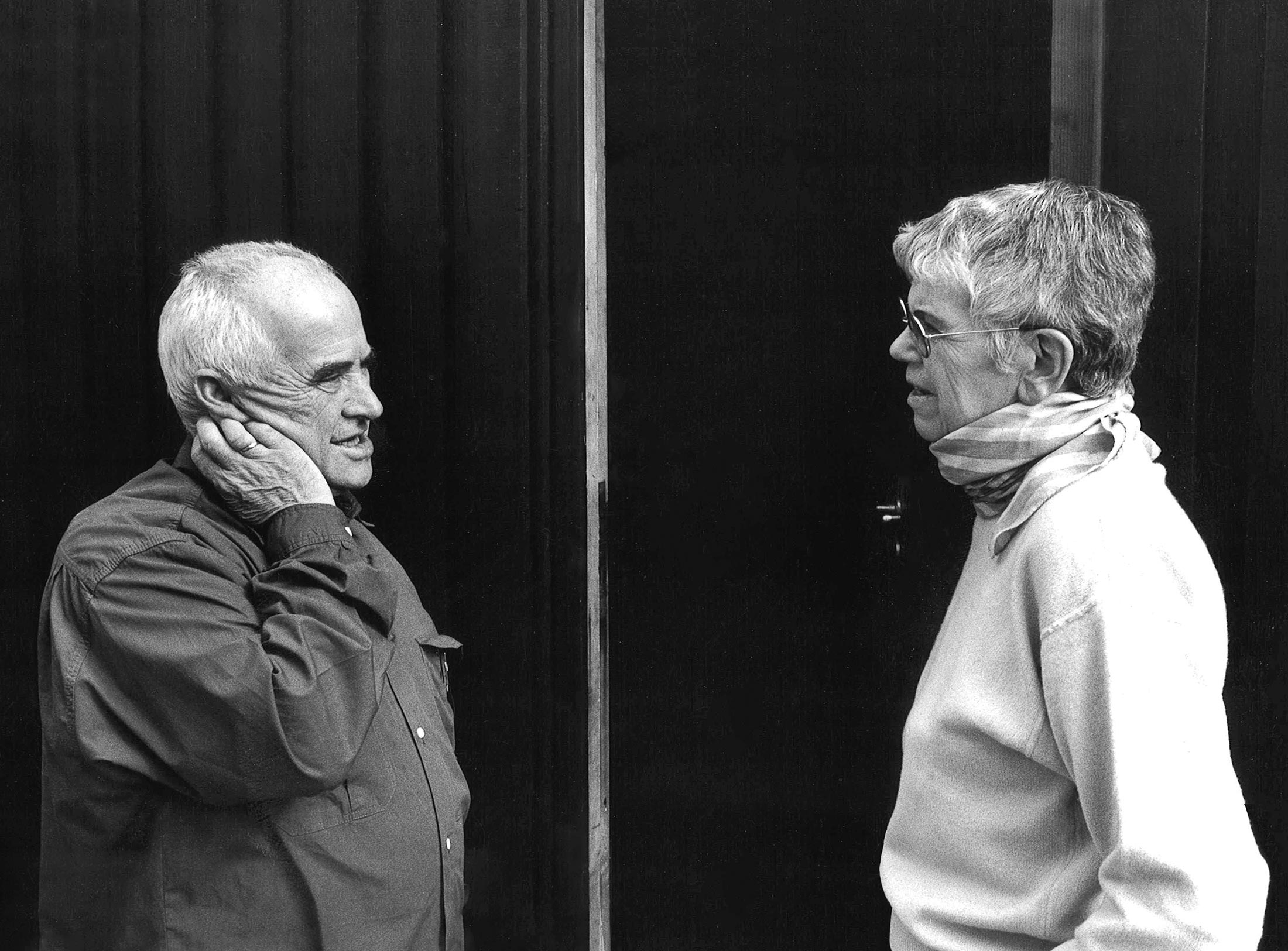
Reflections on Inge Aicher-Scholl and Otl Aicher.
The International Design Center Berlin (IDZ) is taking Otl Aicher’s centenary as an opportunity to pay tribute to this great designer and to make his work visible. An online platform and a series of events will address Otl Aicher’s multifaceted cosmos of topics and...
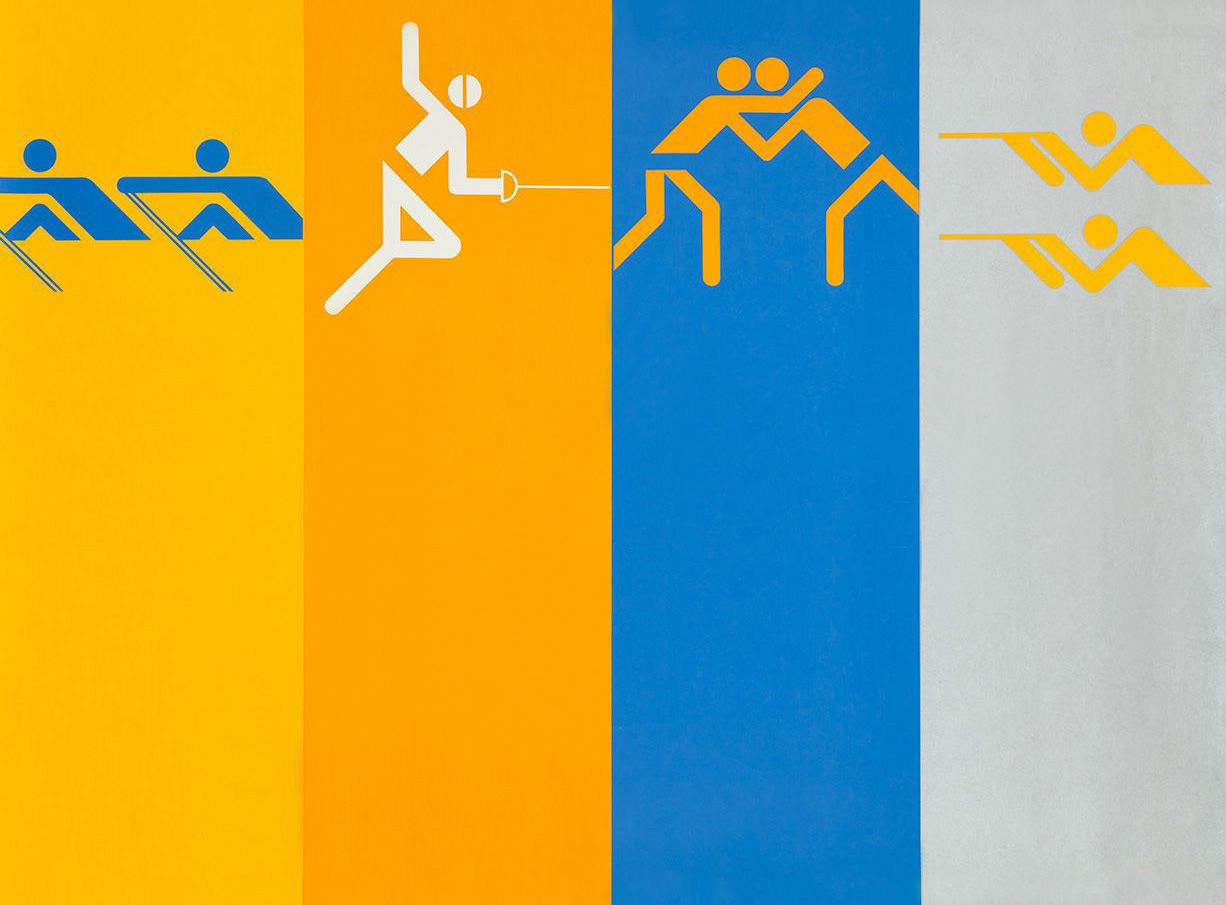
Eine Stadt leuchtet: Mit seinem farbenfrohen Erscheinungsbild der XX. Olympischen Sommerspiele 1972 setzte Otl Aicher ein Signal. Die junge Bundesrepublik war in der Moderne angekommen.
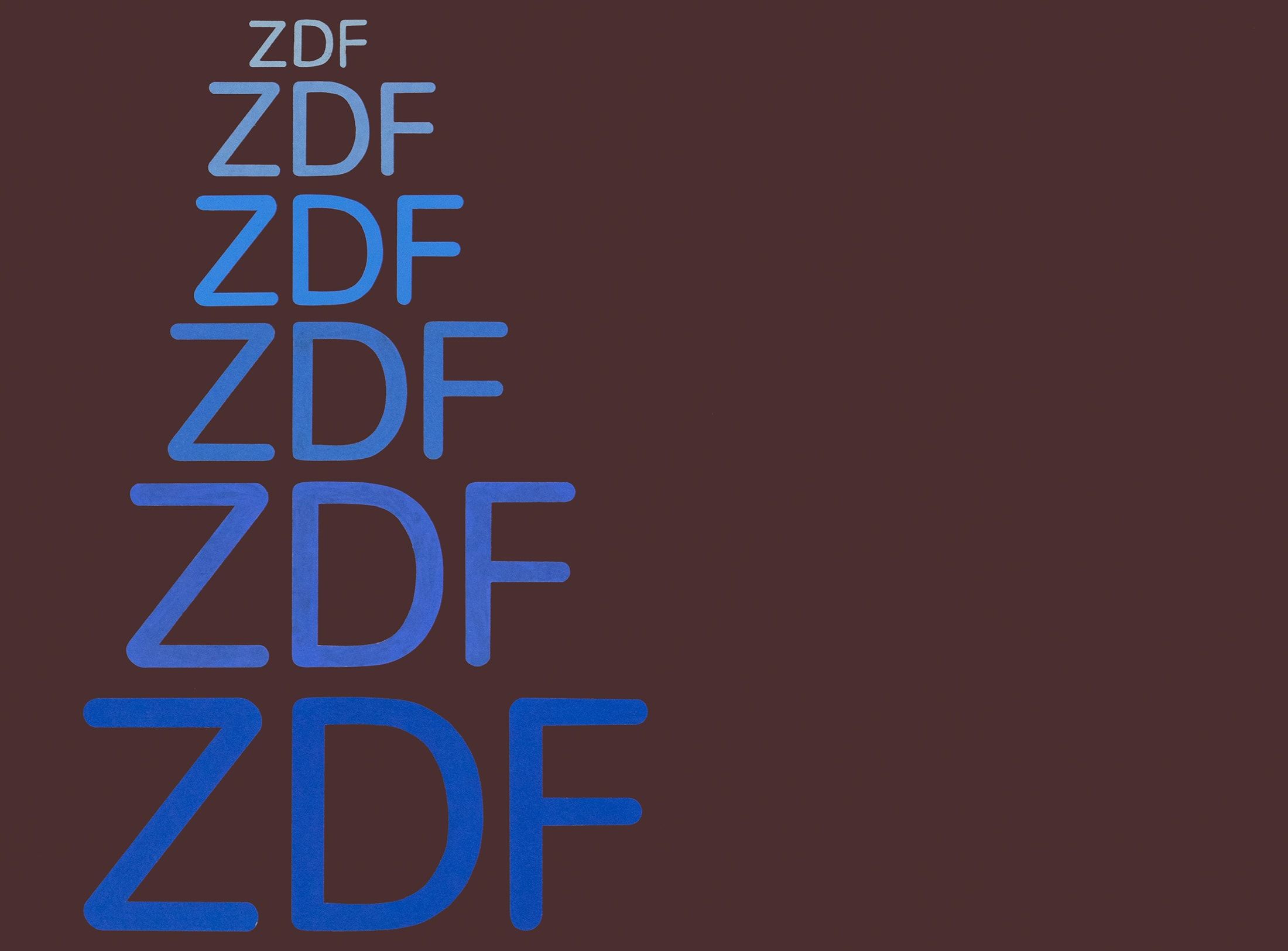
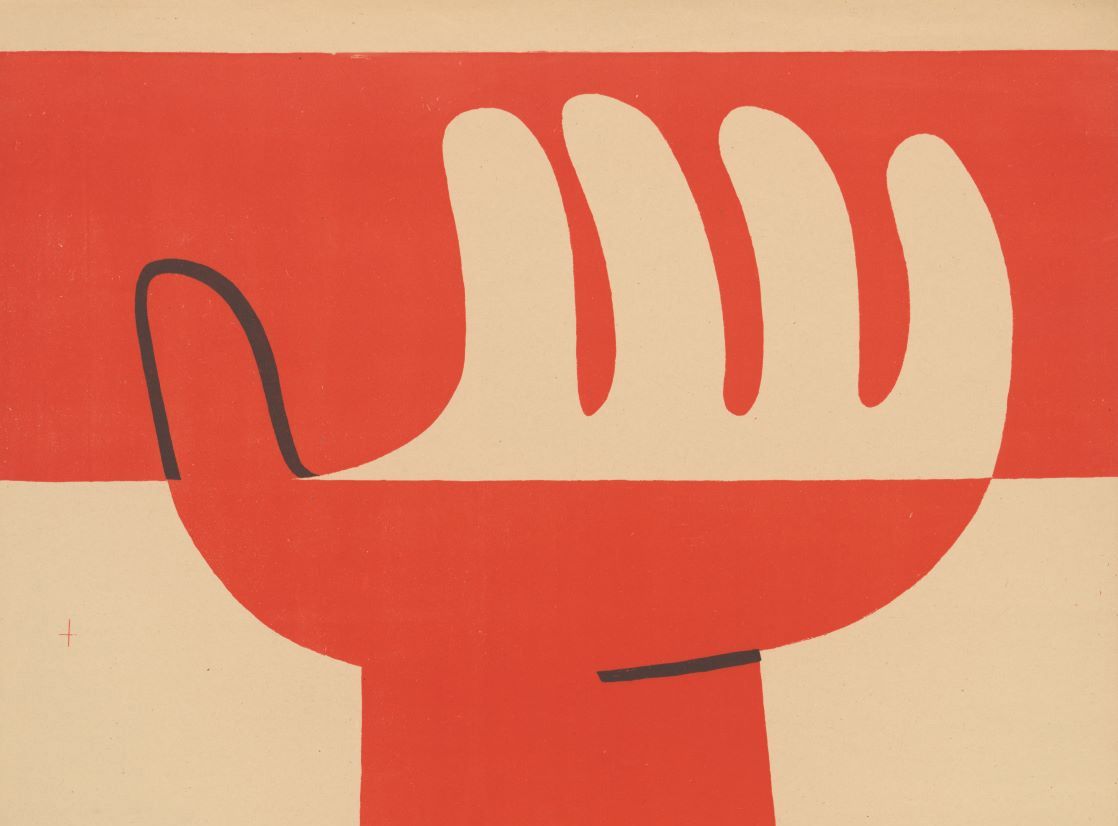
Otl Aicher’s Poster displays for the Ulmer Volkshochschule (Ulm Adult Education Centre).
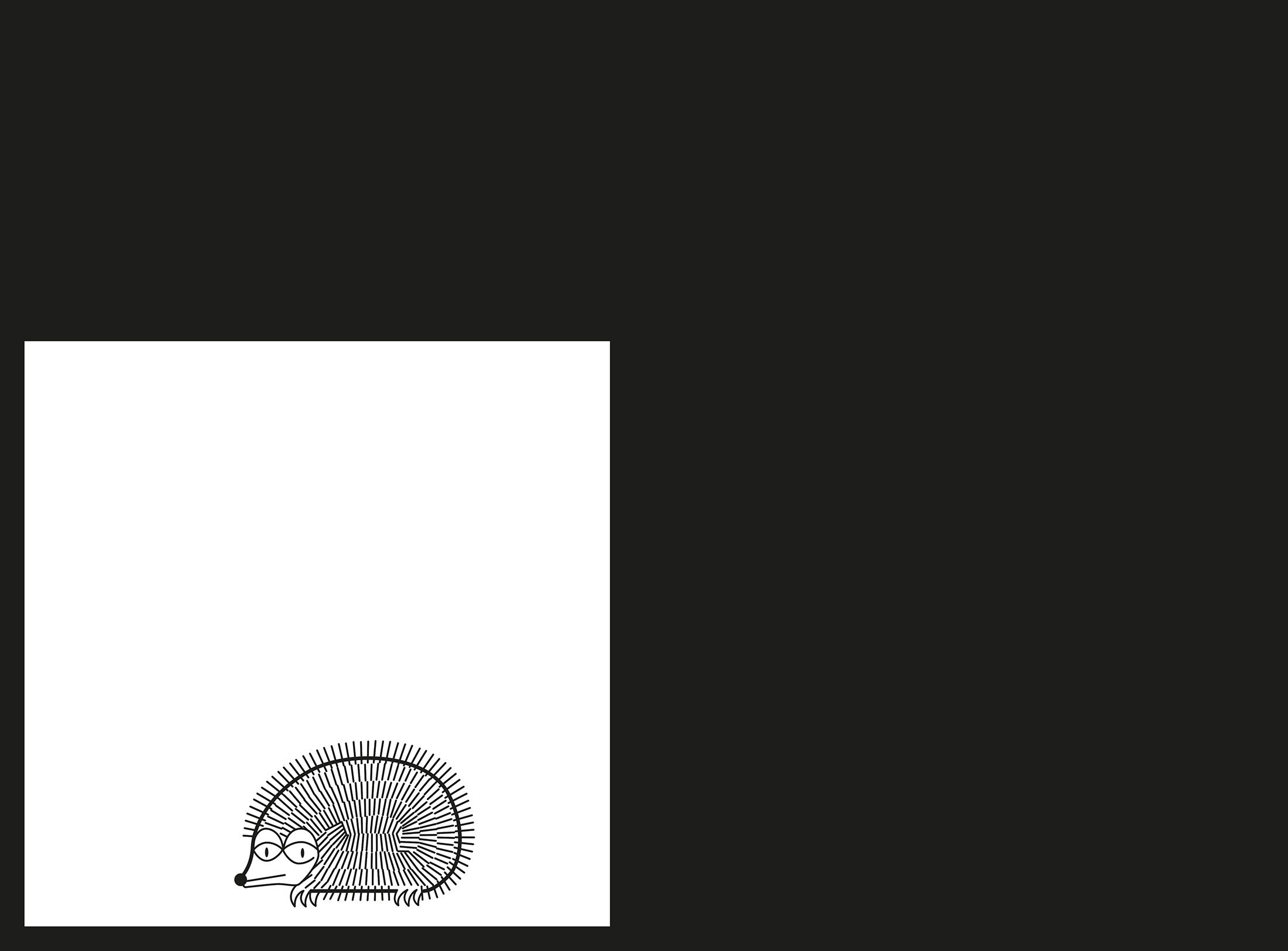
From O to R: Let’s talk about a hedgehog, standardisation and neurotis for a change (please click on the letters).
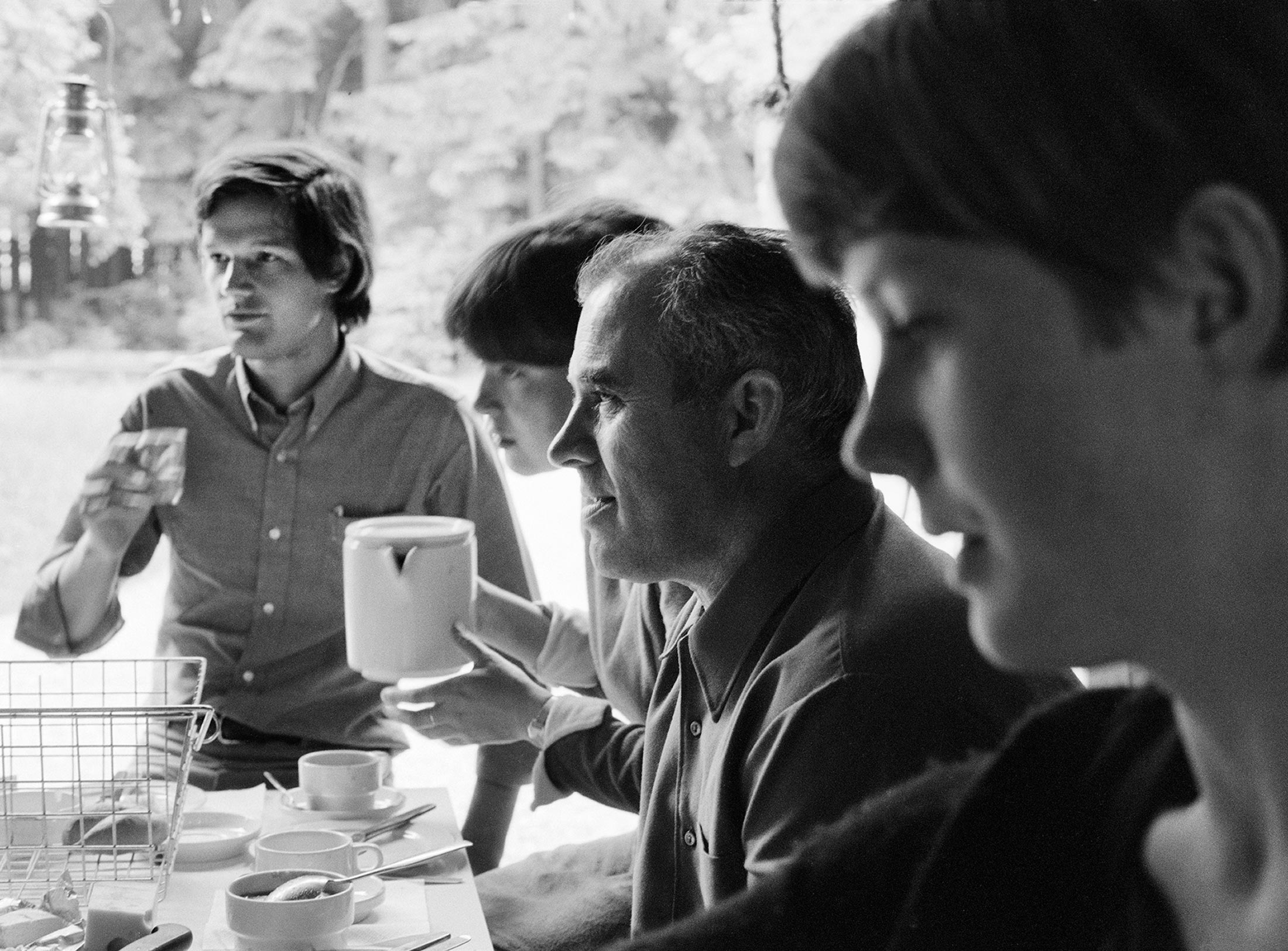
Otl Aicher’s Dept. XI team: the visual identity of the Munich ’72 Olympics was the work of graphic designers, illustrators and technical staff from all over the world.
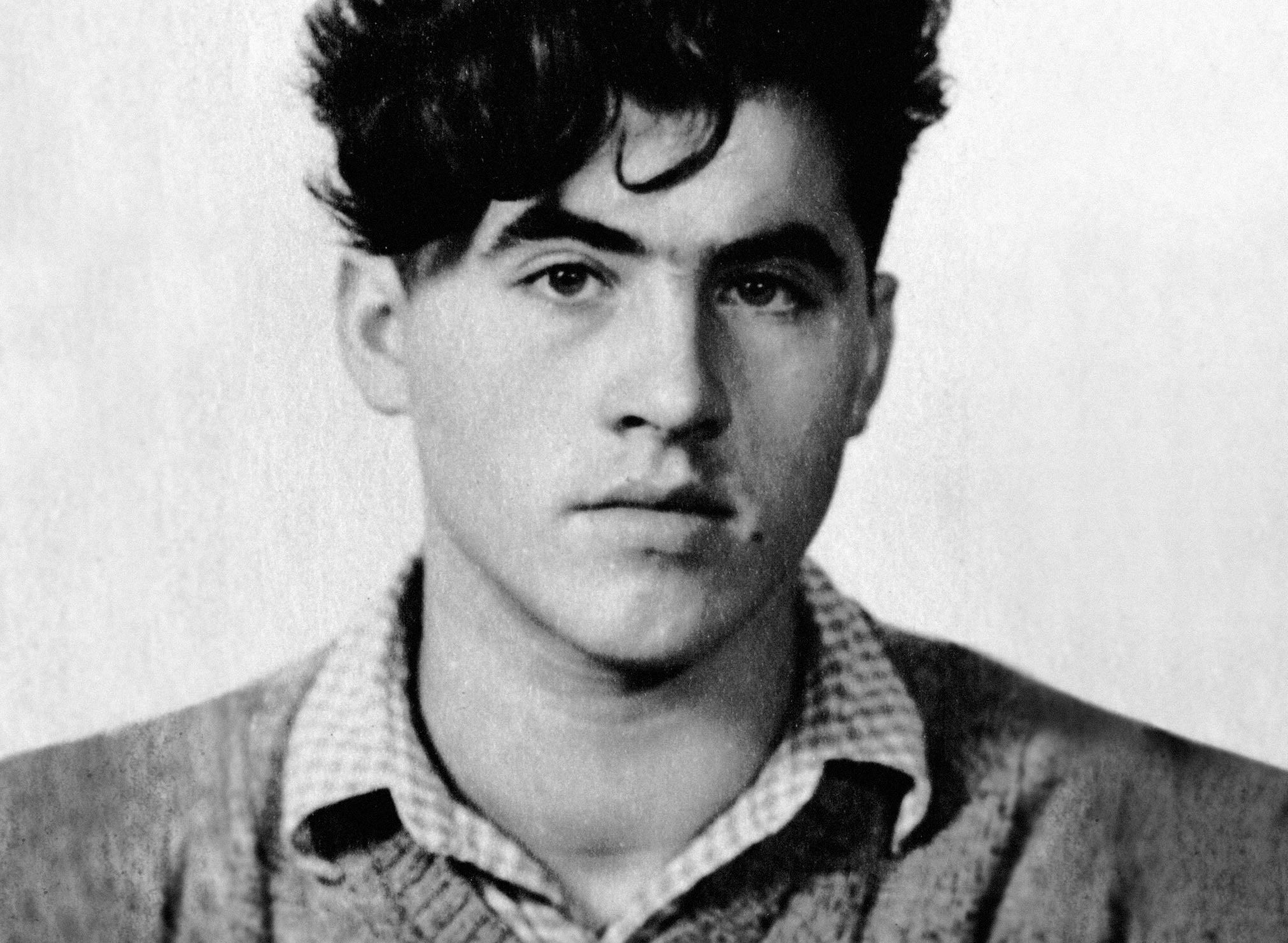
Aicher’s childhood and youth: the years 1922 to 1945.
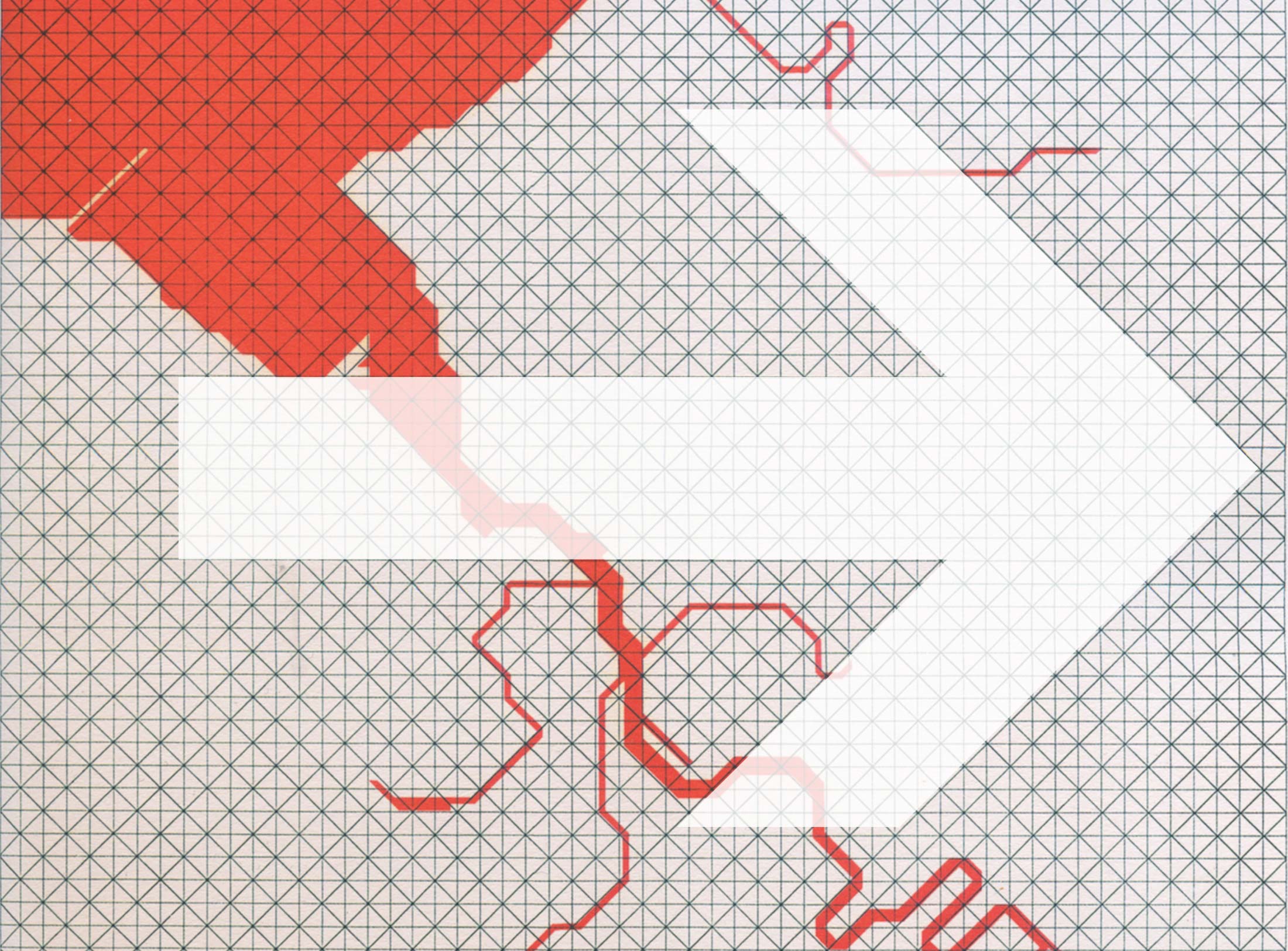
Otl Aicher’s signage systems for airports, metro stations and hospitals are considered exemplary to this day.
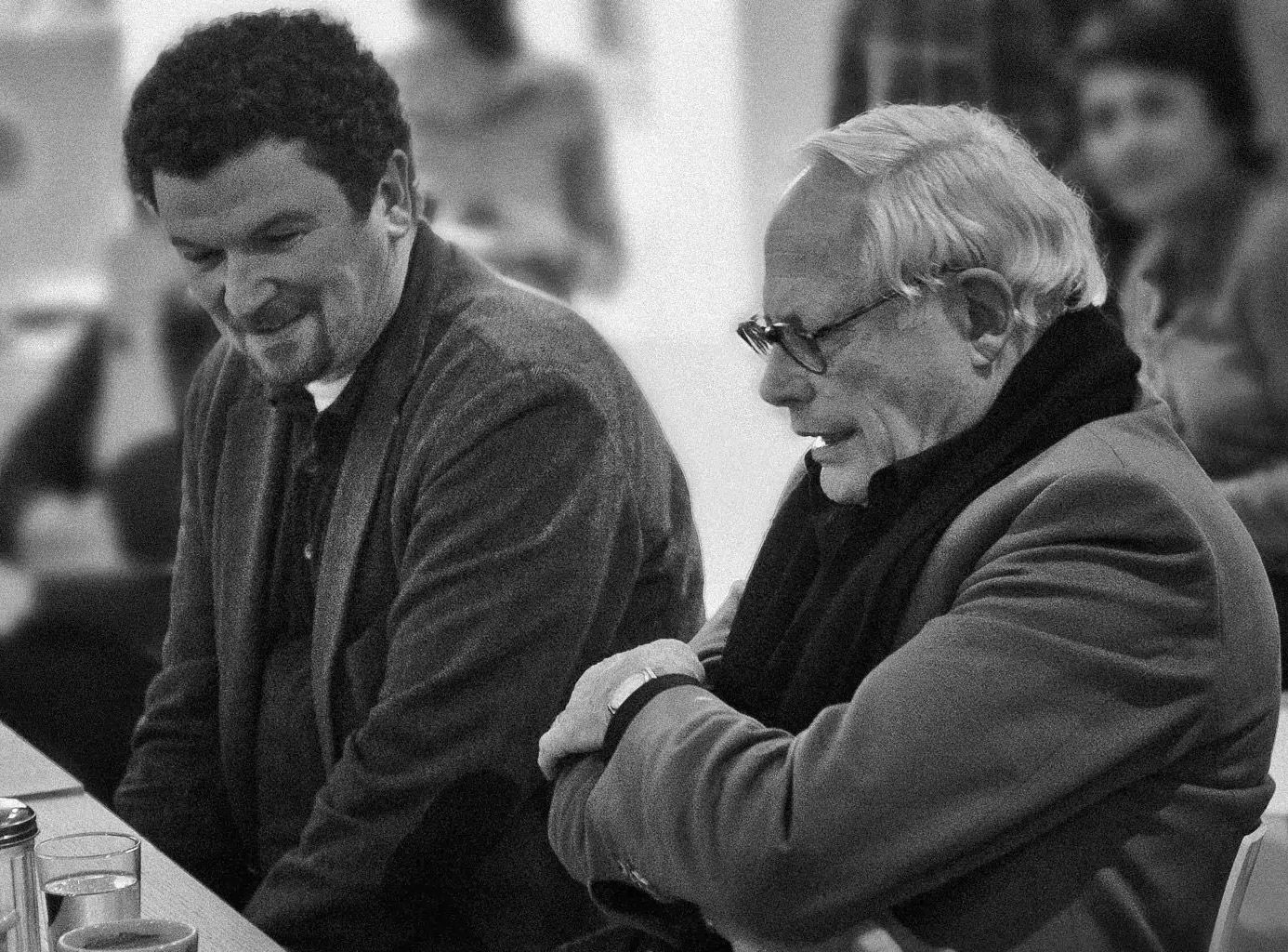
Der einstige Braun-Chef-Designer im Gespräch über den Co-Gründer der HfG.
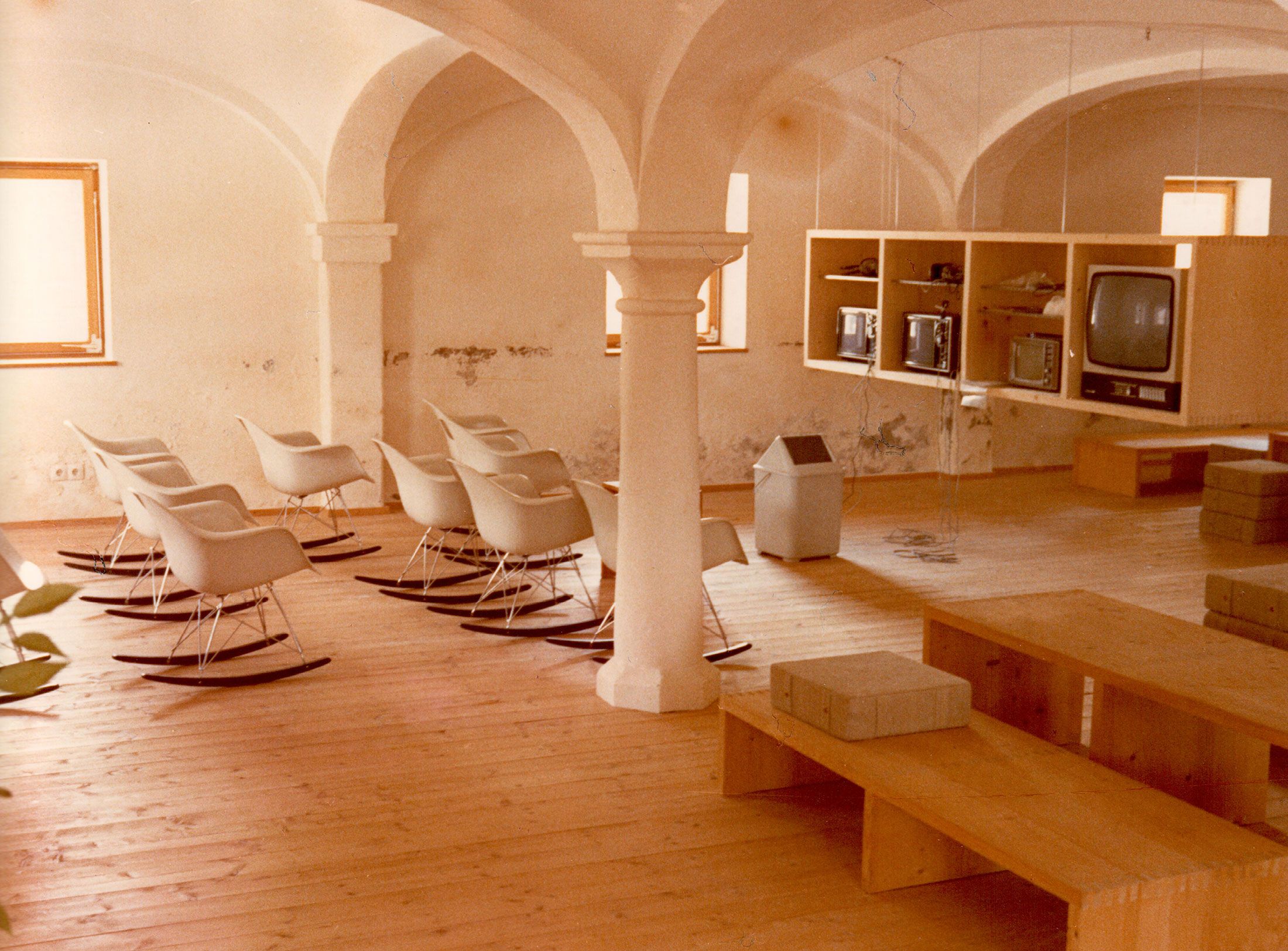
A Broadcast: What is his place in today’s world?
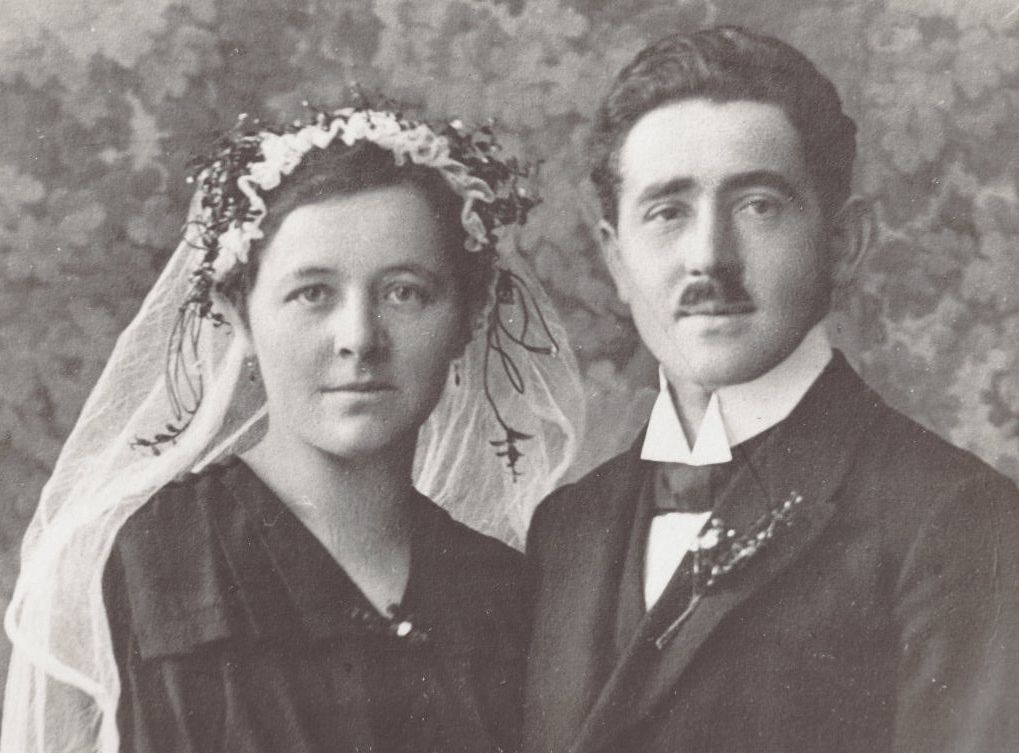
The Aichers: a brief family history.
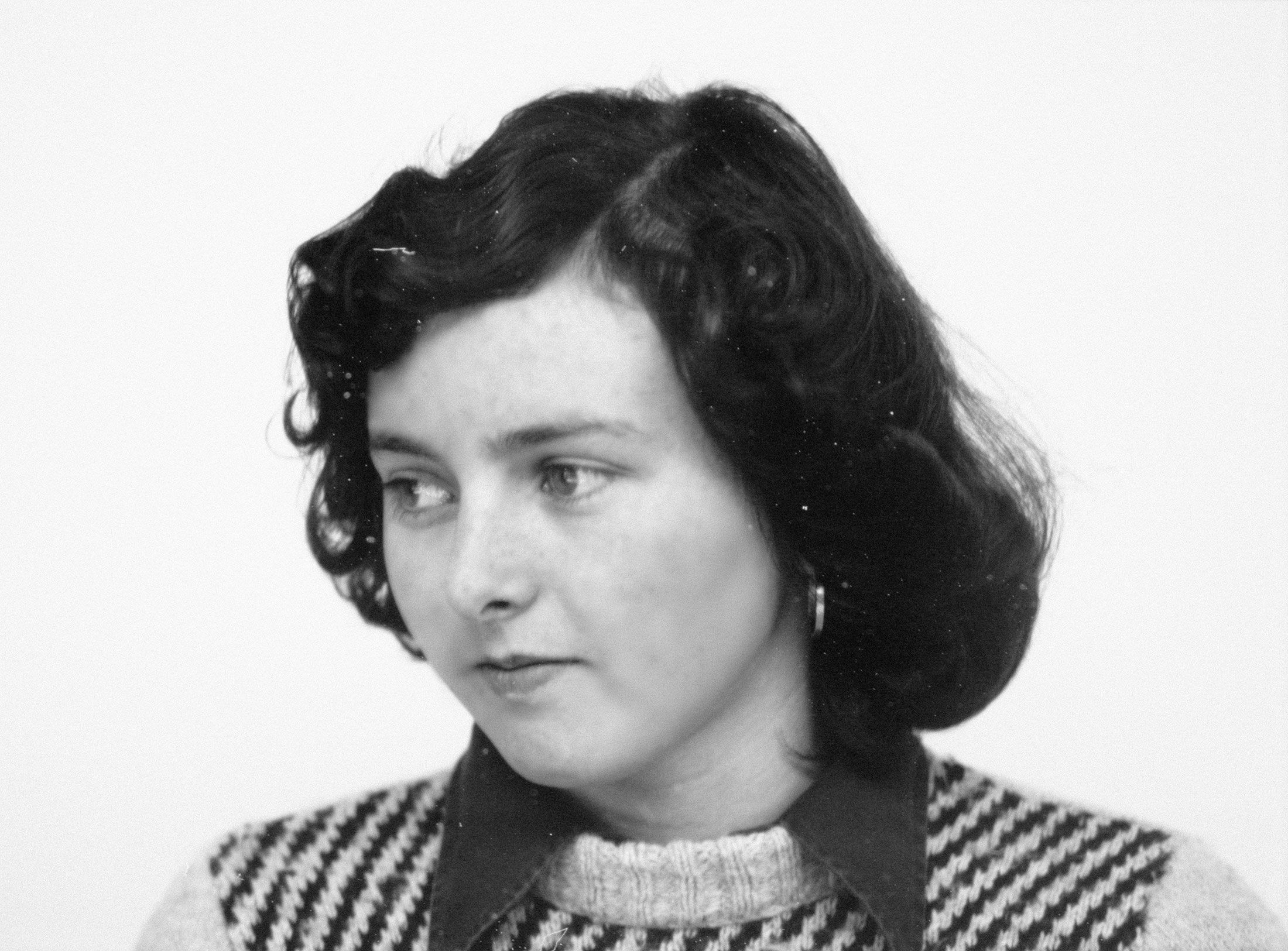
Drawing in Rotis: former Aicher co-worker Reinfriede Bettrich talks about hand sketches, the first computers and everyday life at the office.
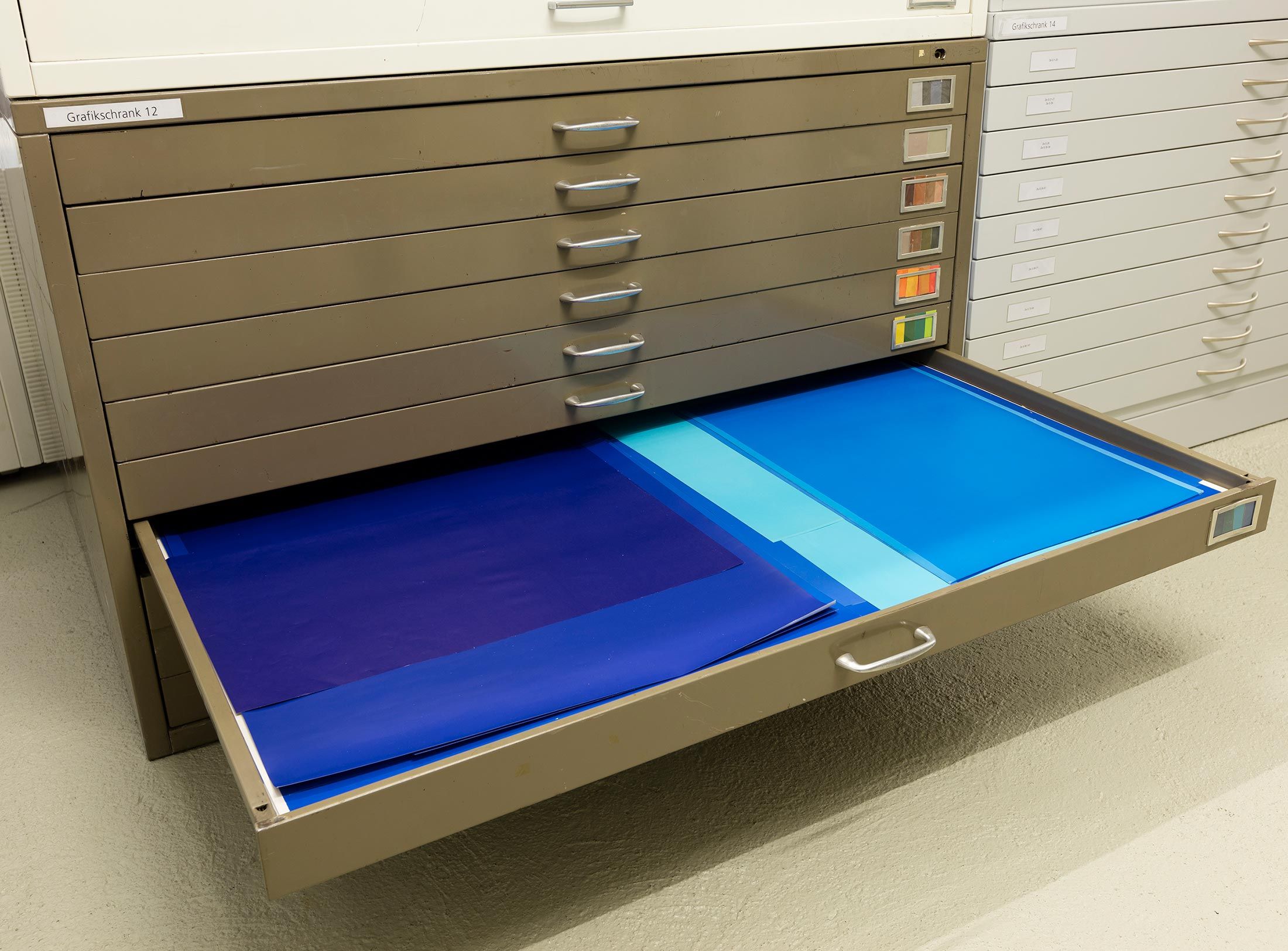
How Otl Aicher’s papers and materials came to the HfG-Archiv/Museum Ulm.
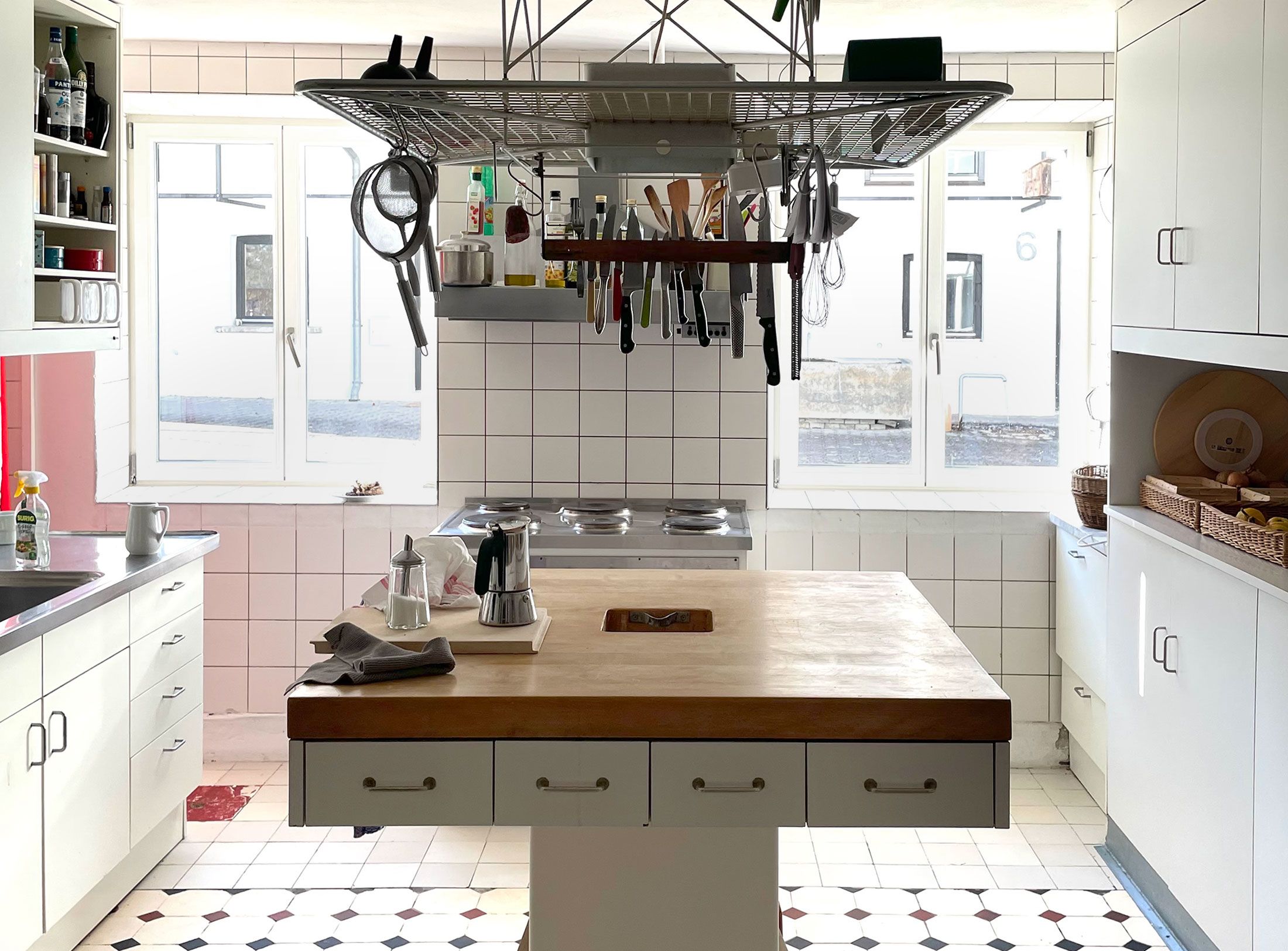
Die Küche zum Kochen (The Kitchen for Cooking) – the genesis of a book that has lost none of its relevance.
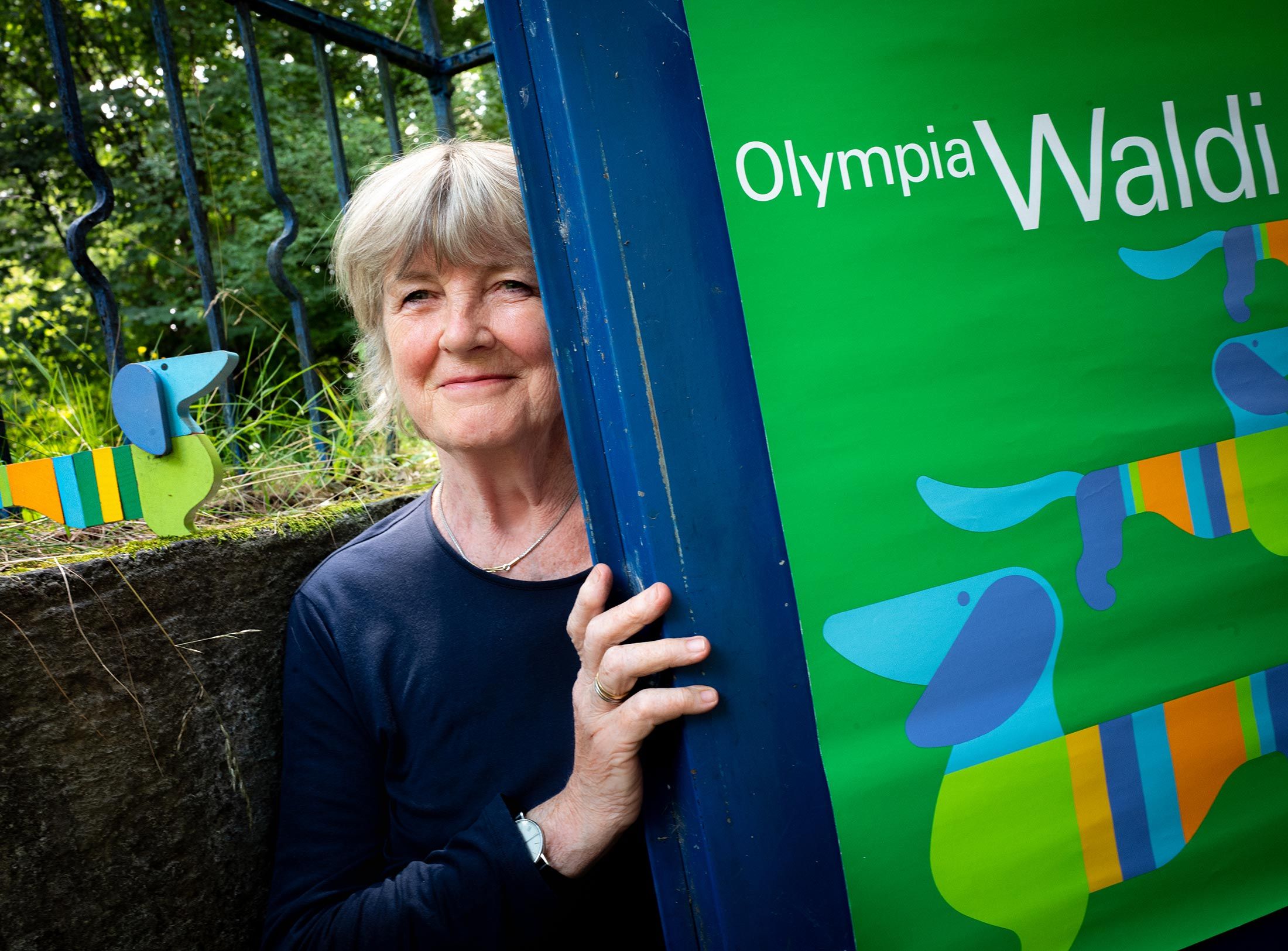
How a dachshund conquered the world: former Aicher staff member Elena Schwaiger on plush animals, fakes and the authentic mascot of the 1972 Olympic Games in Munich.
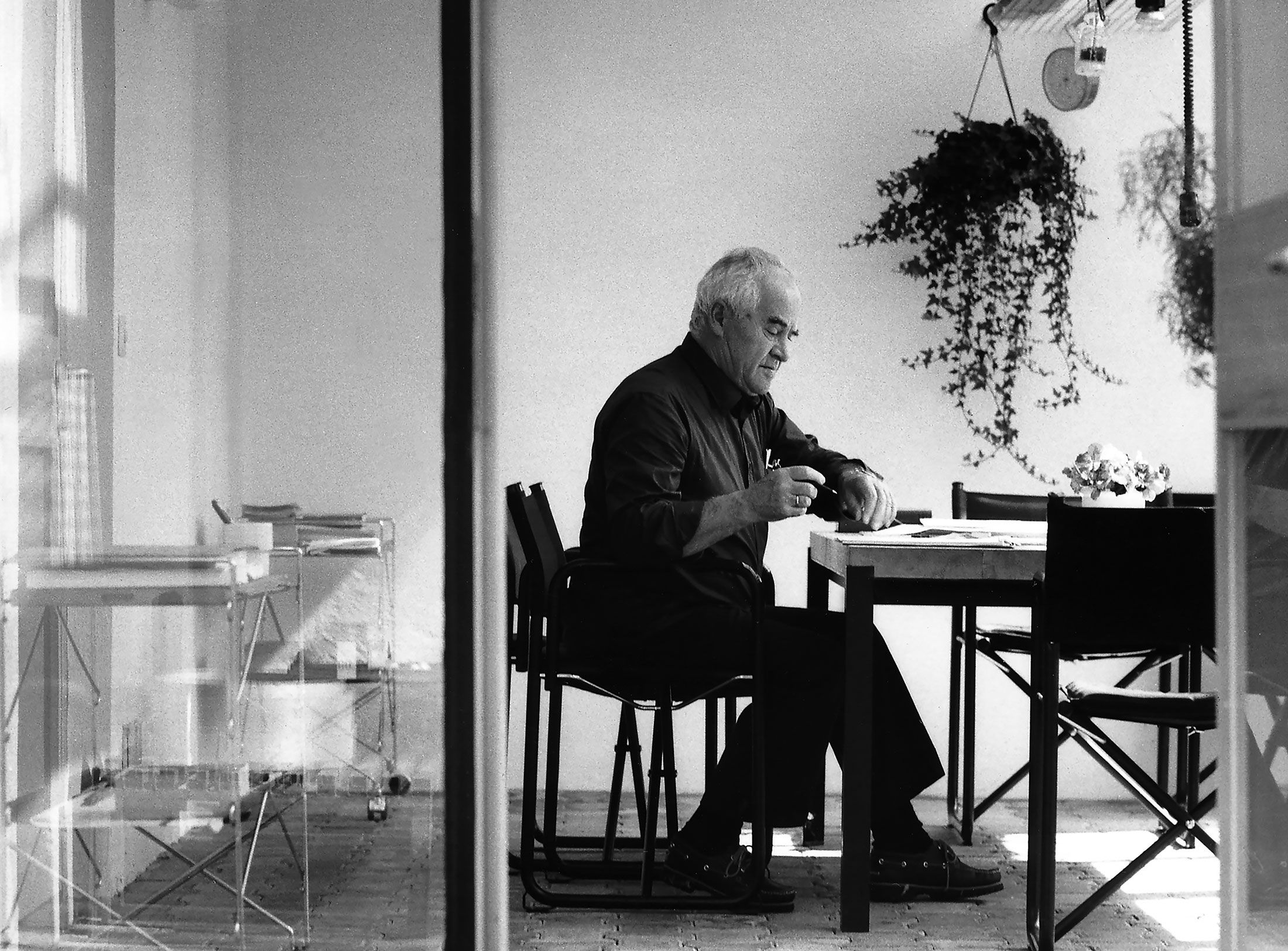
Le Violon d’Ingres or An Attempt to Defend the Writings of Otl Aicher.

Otl Aicher as the architect of Rotis.
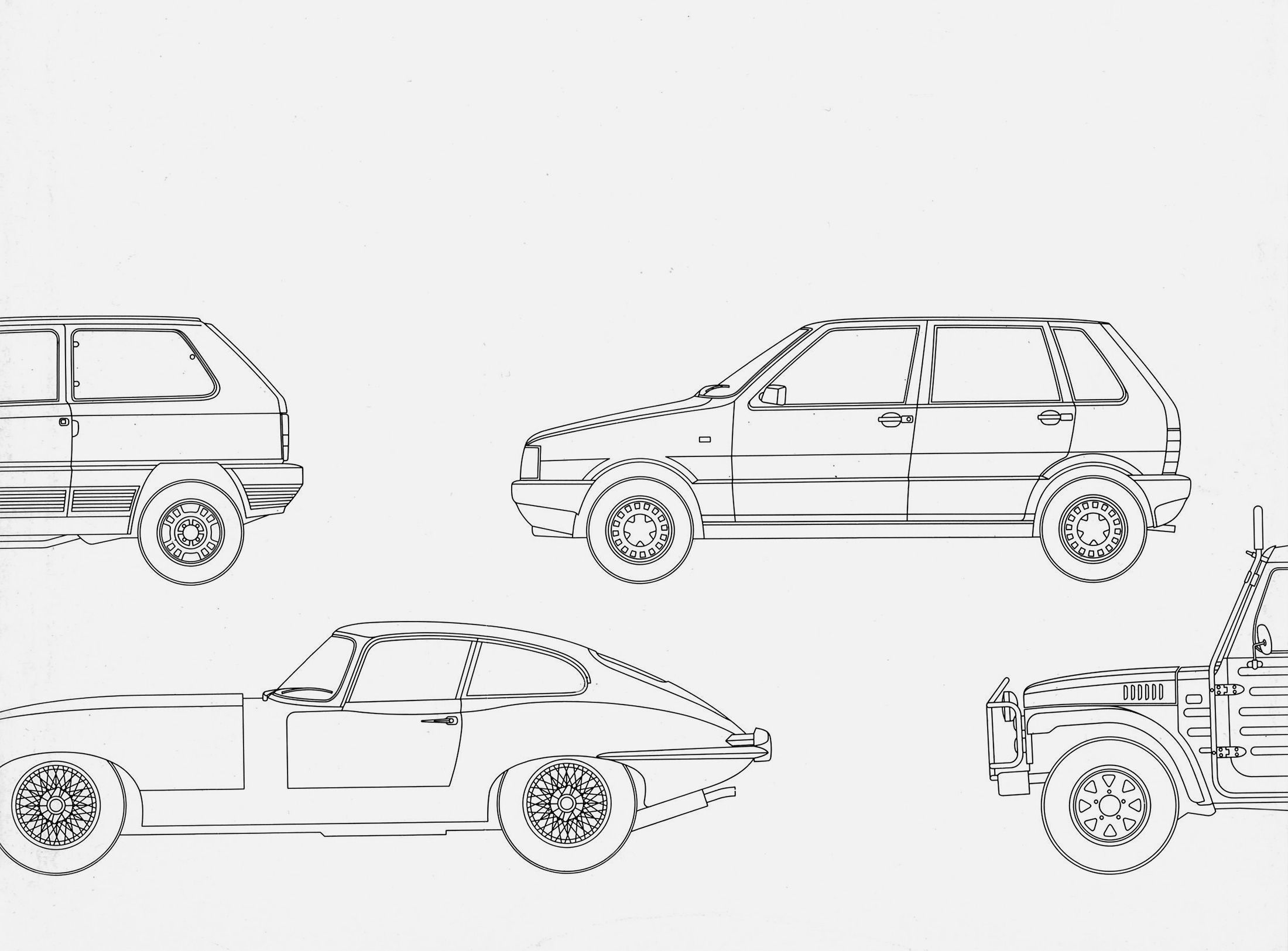
Otl Aicher and his critique of the automobile.
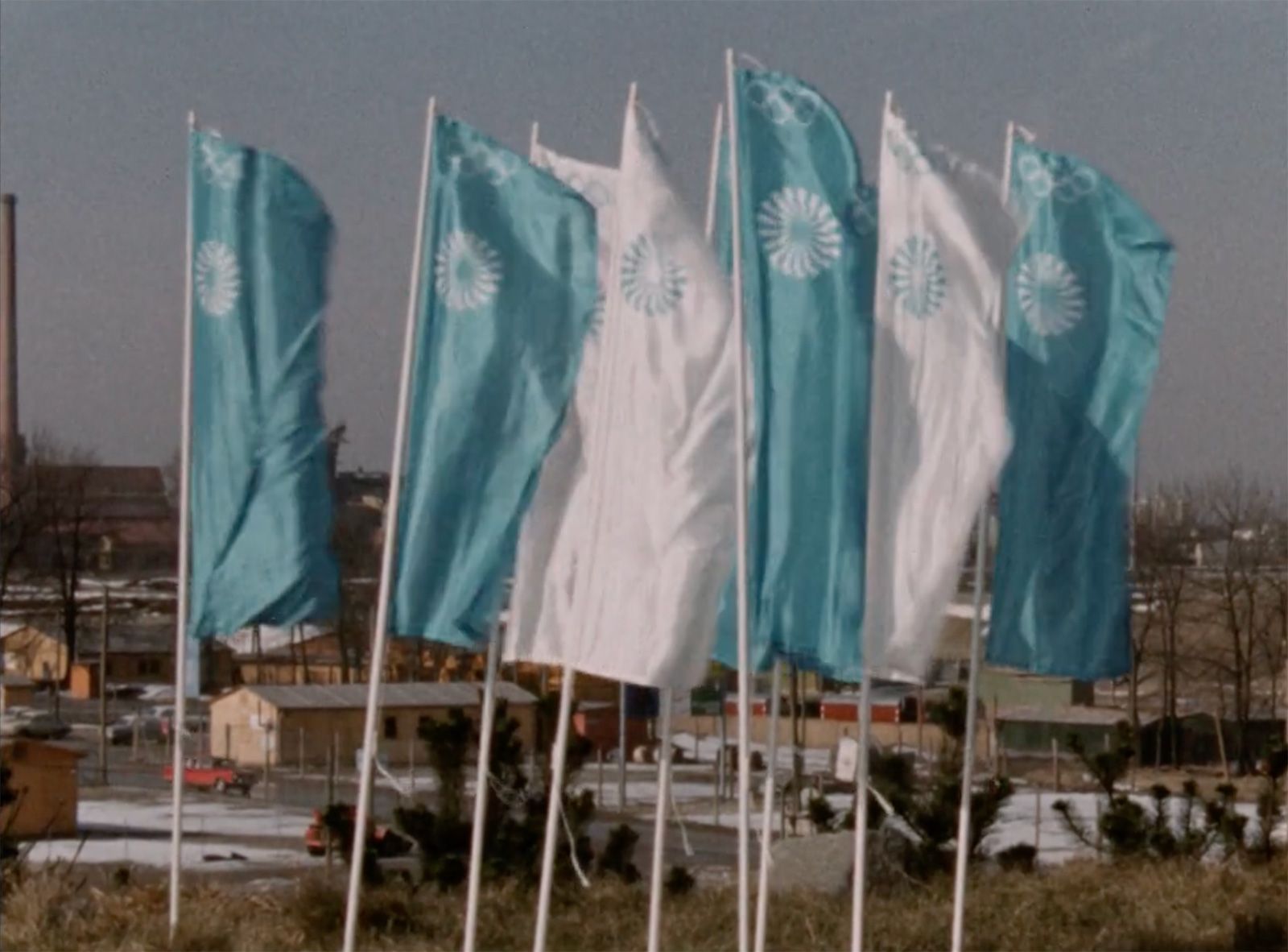
First broadcast: 15.02.1971 on Bayerischer Rundfunk, Munich (Only available in German).
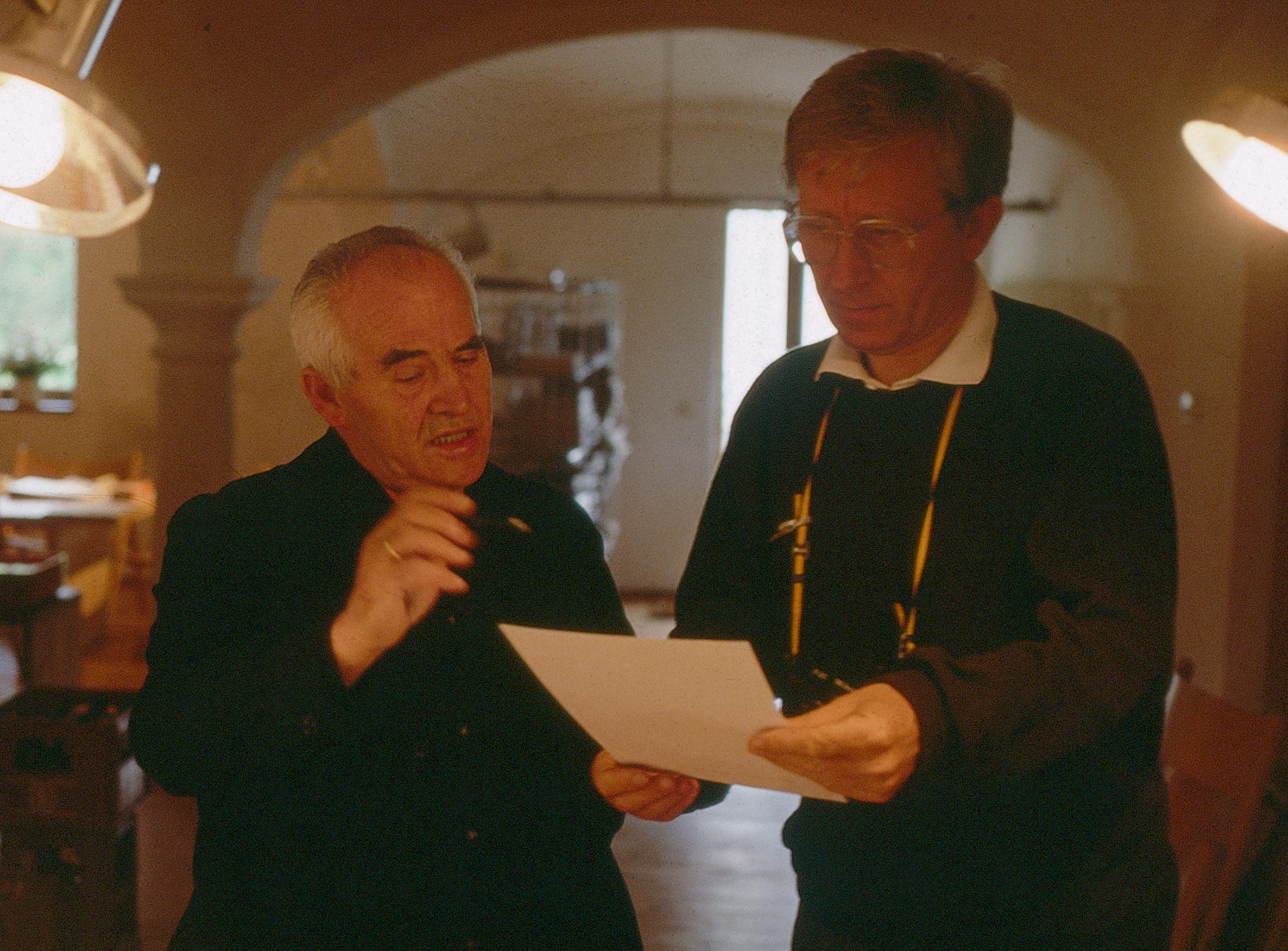
Interviewed: Jürgen Werner Braun on his collaboration with Otl Aicher.
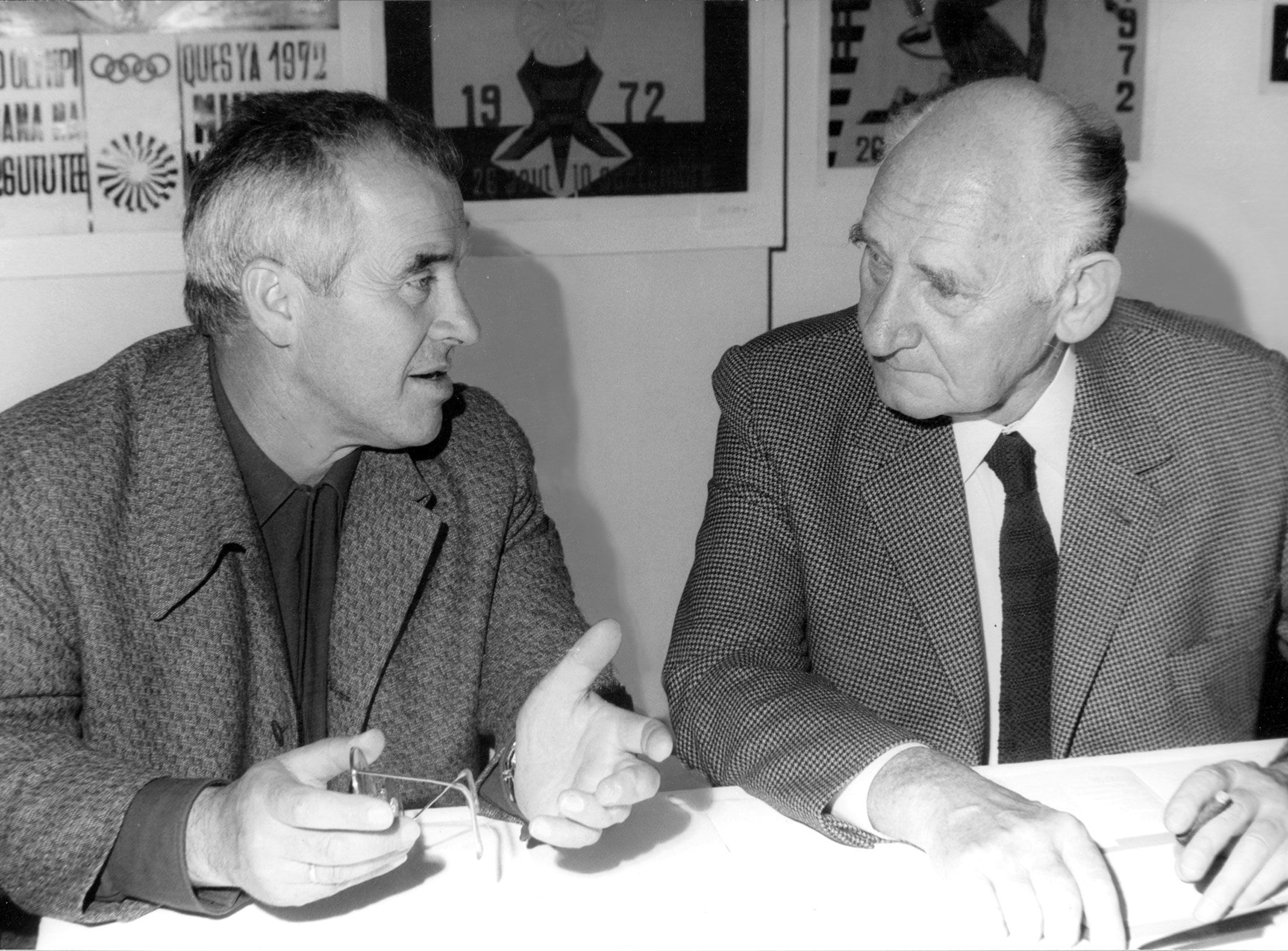
They created the signature of an epoch: designers Otl Aicher, Willy Fleckhaus, Anton Stankowski and Kurt Weidemann.

Elena Schwaiger (née Winschermann) was part of the team surrounding Otl Aicher that created the overall design of the Games of the XX Olympiad in Munich. She had started an internship there in 1968 as a graphic design student. Together with Aicher, she then designed the famous Waldi mascot. The colourful dog obediently followed the design guidelines that had been established – and appeared in many different versions as the cheerful ambassador of a new Germany.
In Eva Moser’s biography of Aicher, we discover that there very nearly wasn’t a Waldi. Originally, a cartoon figure of an Upper Bavarian by the name of Seppl was meant to be the mascot of the Munich Summer Games. But then dachshund owner and president of the Organising Committee Willi Daume came into the picture. At an event, he had given Félix Lévitan, president of the International Association of the Sports Press, a wirehaired dachshund as a gift. To me, this story doesn’t sound like a plausible reason for choosing a dachshund of all things as the mascot.
I agree. But I wasn’t involved in that decision. It was clear to us that it couldn’t be an Alsatian, a lion or an eagle. It definitely couldn’t be any animal that traditionally represents power and strength. There may have been a competition in a Munich newspaper along the lines of “What should we have as our mascot?” – I don’t recall exactly. But I do remember that being how the name Waldi was settled on.
So at some point Aicher came to you and said it was going to be a dachshund.
Yes, exactly.
What were your first thoughts?
I didn’t have any particular affinity with dachshunds – I still don’t. Aicher sat down with me and said something along the lines of: “Let’s give it a try and see how we can standardise this animal.” So that it always looks the same, in different sizes and materials.
Can I stop you there for a moment? The idea of standardisation, of embedding the Waldi design in the existing visual identity and colour spectrum of the Games, seems perfectly logical from today’s perspective. But that decision is nowhere near as obvious as it might seem. It would have been just as feasible to create a mascot that was totally unrelated to the corporate design. Or to reject the idea of designing something so banal completely and maybe hand the job over to a toy manufacturer right from the start.
I think the task of squeezing such a funny little creature into the design guidelines actually appealed to Aicher. He used to have quirky ideas sometimes – the idea of doing it intrigued him.
Design: Otl Aicher © Florian Aicher, HfG-Archiv / Museum Ulm, IOC
Design: Otl Aicher © Florian Aicher, HfG-Archiv / Museum Ulm, IOC
And that’s how this colourful character came to be created. It reminds me of a German idiom: if somebody is known far and wide, we say they stand out like a multicoloured dog – which is a pretty unusual sight, after all. You could even say that Waldi follows in the tradition of expressionism. Take Franz Marc, for instance: he gave animals colours that didn’t correspond to them as well. Waldi’s coloured stripes were a strategy to generate attention for a familiar form. And today it’s the only design related to functionalism and the HfG Ulm that has any wit. Branding the mascot was a self-ironic gesture too.
That’s exactly what Aicher was like: he definitely had a sense of humour, but at the end of the day everything had to subordinate itself and fit into a system. That was incredibly important to him. As far as the mascot was concerned, he didn’t want any slip-ups – nothing that fell out of line. And there was a lot of money involved too. Waldi was a big source of revenue. As head of Dept. 11, Aicher often enough found himself under pressure to design something more or less voluntarily. And when it came to deciding whether a Waldi variant could be produced under licence or not, the jurists of the Organising Committee were involved as well. That caused trouble now and again – sometimes Aicher or I had to put in a veto: “That’s a no-go, we can’t do that.”
There are quite a few variants of Waldi in different colours, sizes and materials, from a cuddly toy all the way to a dachshund made of gold. About 15, I believe?
Yes, more or less. I don’t know anything about a gold pendant though, that’s not from me. And we didn’t authorise the plush Waldi either. Everything about it was wrong. All sorts of things came on the market at the last minute, including pirate copies … there was no way of controlling it. I remember a Waldi made of mouth-blown glass too, in the corresponding colours.
Replicas of Waldi are still being made today – right now there’s a photographed dachshund as a standing acrylic glass ornament on Ebay, for instance.
There’s nobody left to follow up on things like that nowadays. Anybody can do anything. A few years ago, some design drawings turned up on the internet – somebody was trying to sell them. It said “Design: Elena Winschermann”. But I didn’t do them, and nor did Aicher. They were fakes.
Do you still have any Waldis at home yourself, your own collection?
I still have the one with the linen cover, the wooden one that you put together out of individual pieces and a few little badges. But I’m not the collecting type, I’m more inclined to throw things away. I wouldn’t have thought the design might be of interest again one day. And I didn’t collect Waldis because at some point I was just fed up with the whole thing. Other things became more important to me, life went on. (laughs)
Elena Schwaiger was born in Bad Homburg in 1948 as Elena Winschermann. In 1968, while she was studying graphic design at Braunschweig University of Art, she began an internship in Department 11 in Munich, which was under the direction of Otl Aicher and responsible for the visual identity of the 1972 Olympics. Aicher subsequently took her on as a member of his staff. In 1973 Schwaiger switched to Rotis with Aicher but left again a year later in order to start her own business in Munich with her husband. Nevertheless, the Schwaiger-Winschermann graphic design studio remained associated with Aicher until his death and, at his request, took on numerous commissions from him, including for Aicher clients BMW and insurance company Bayerische Rückversicherung.
Translation: Alison Du Bovis

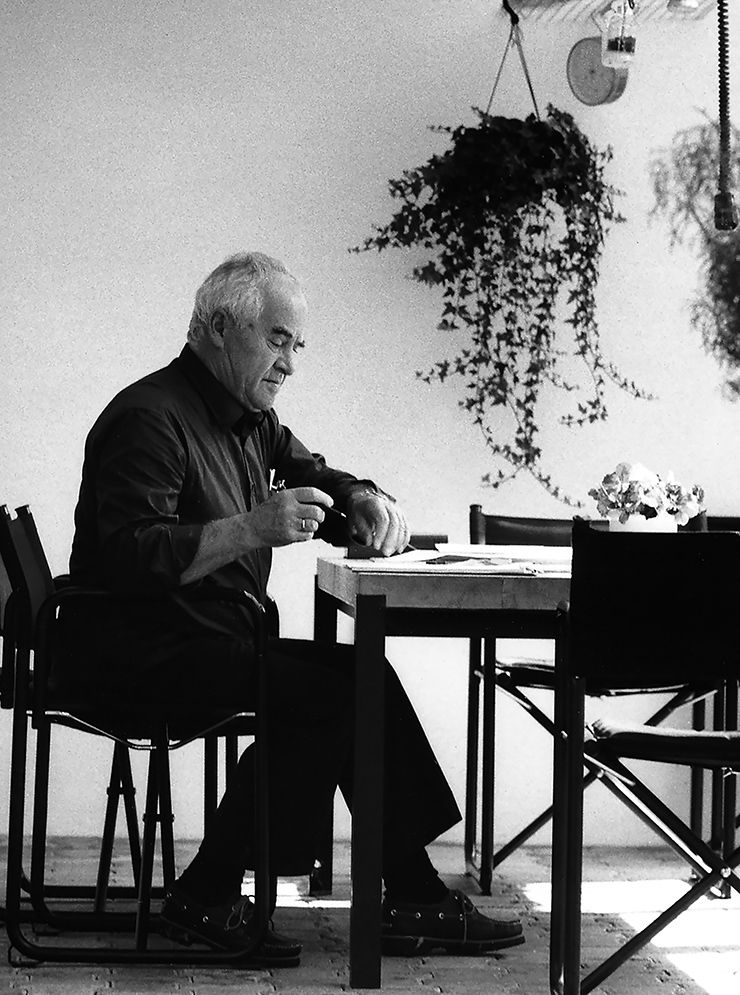
Le Violon d’Ingres or An Attempt to Defend the Writings of Otl Aicher.

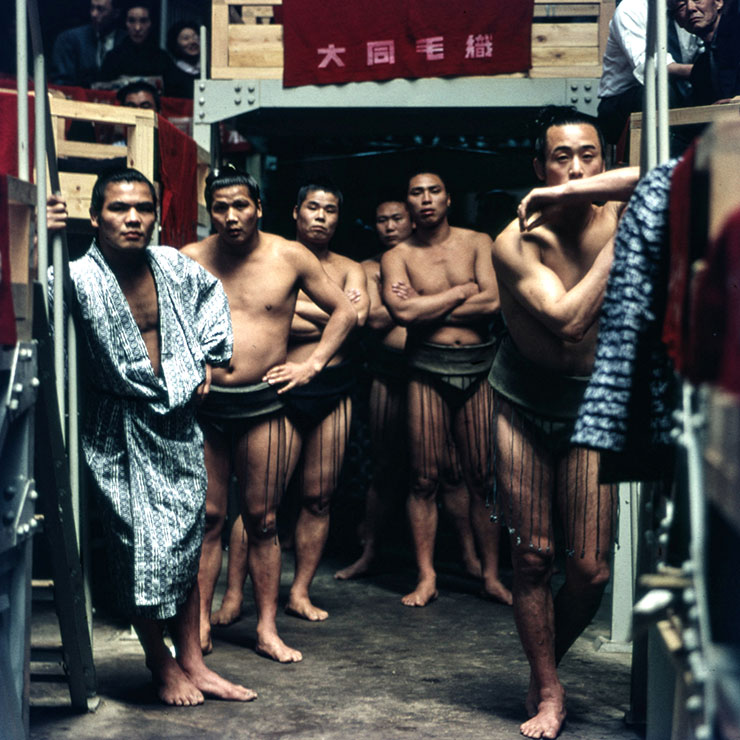
Absolute sharpness, reduction and strict rules determine the character of his pictures: Otl Aicher as photographer.

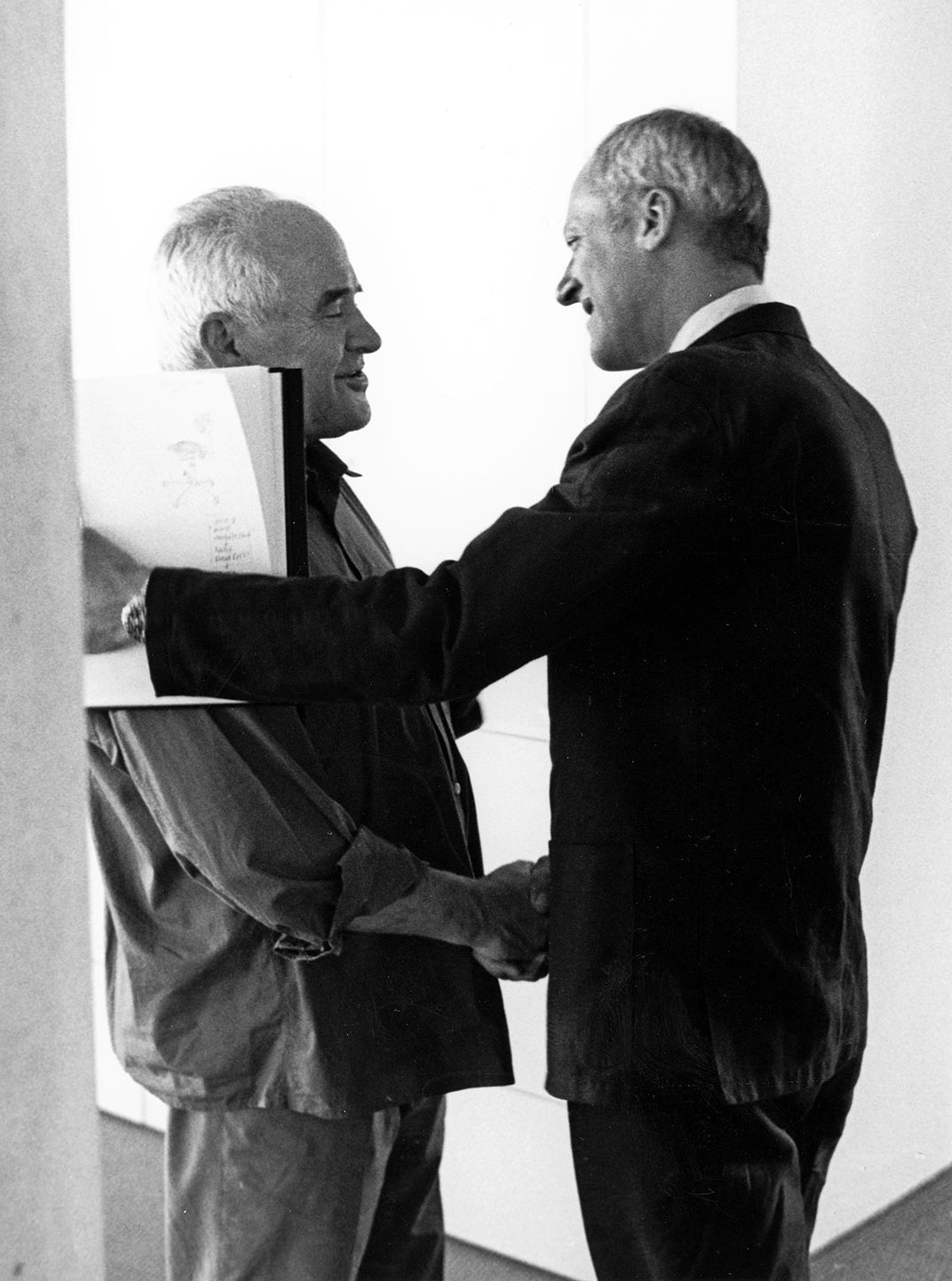
The British architect Norman Foster on his friendship with Otl Aicher: He had absolute integrity.